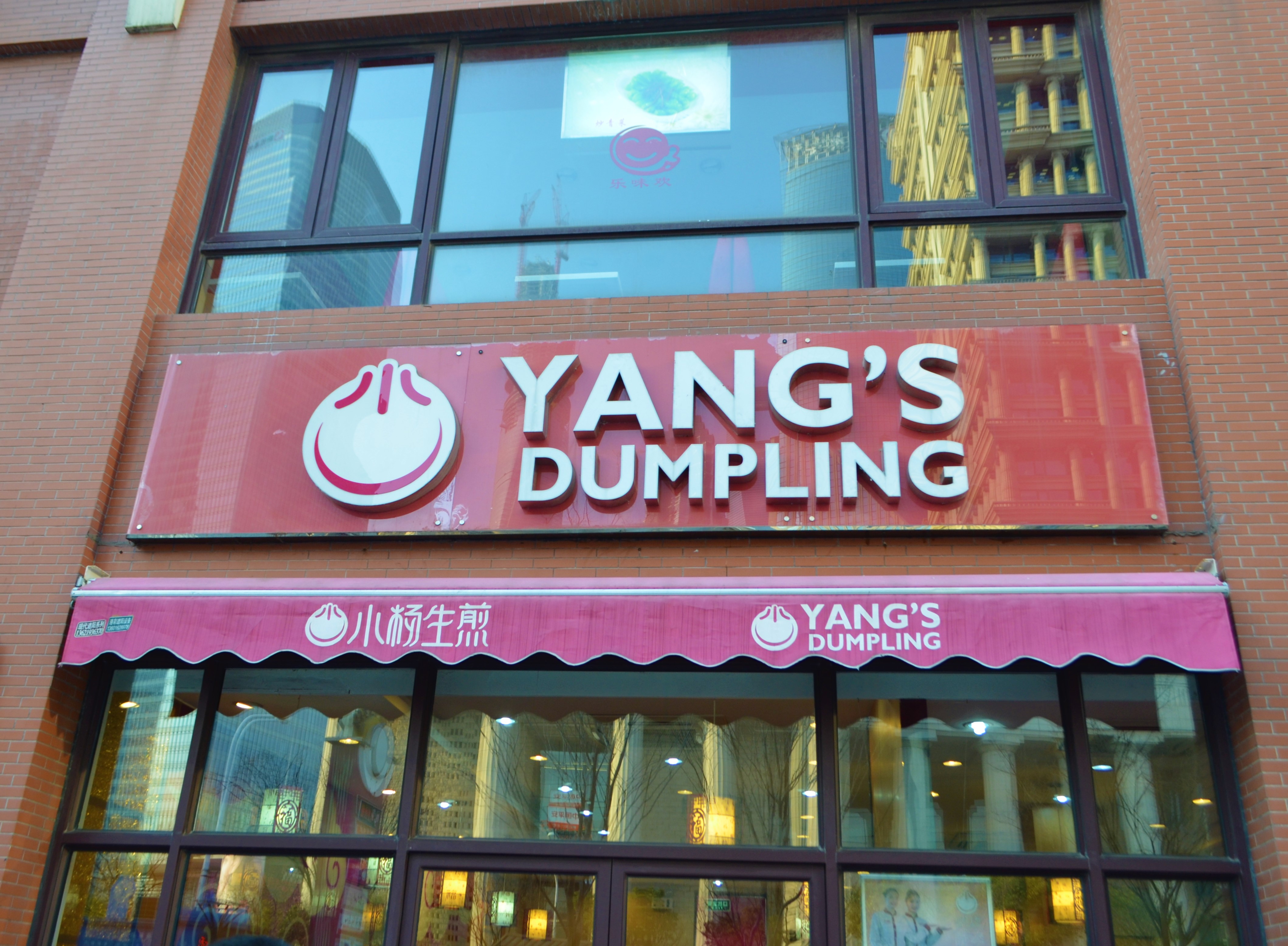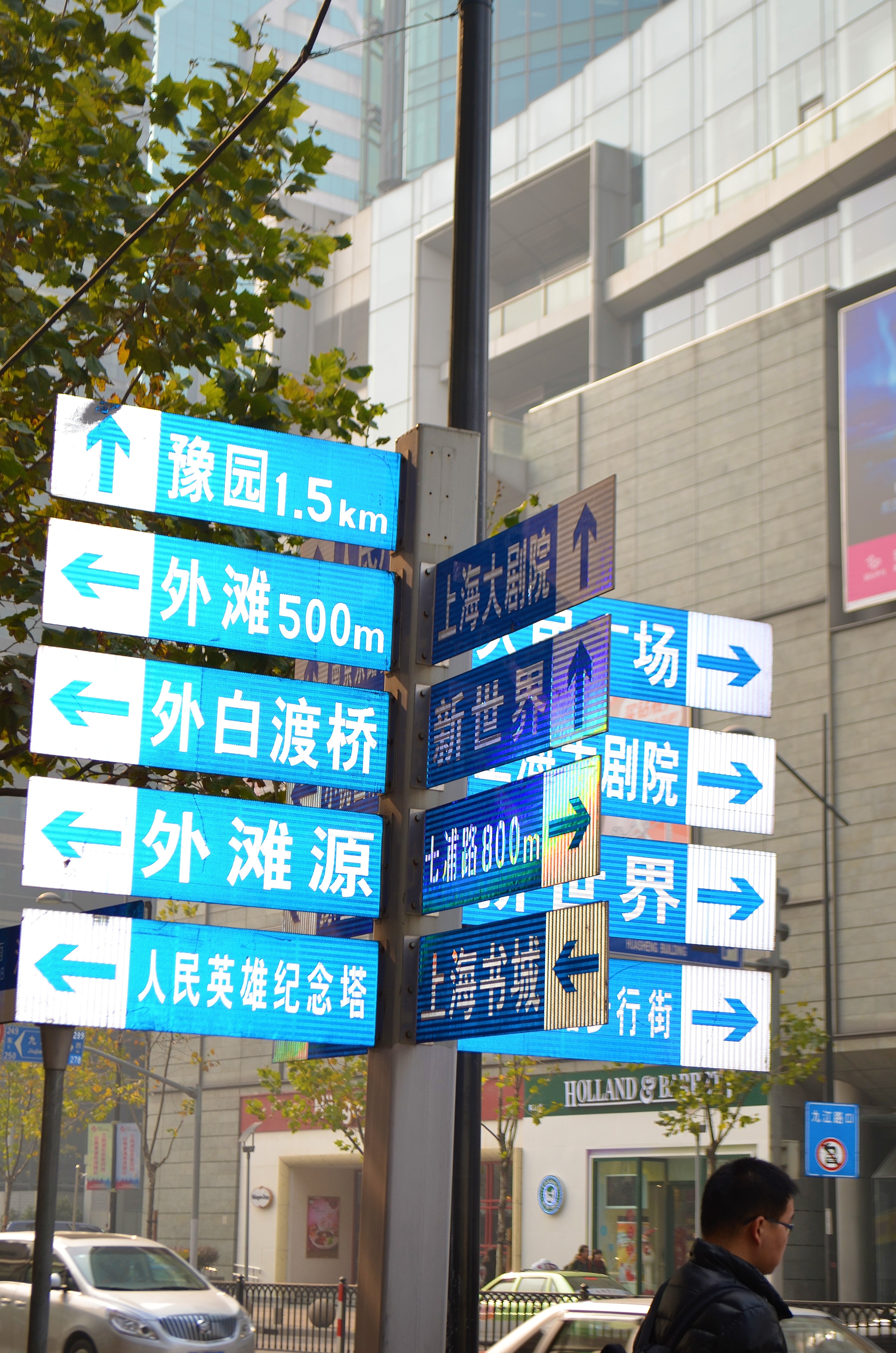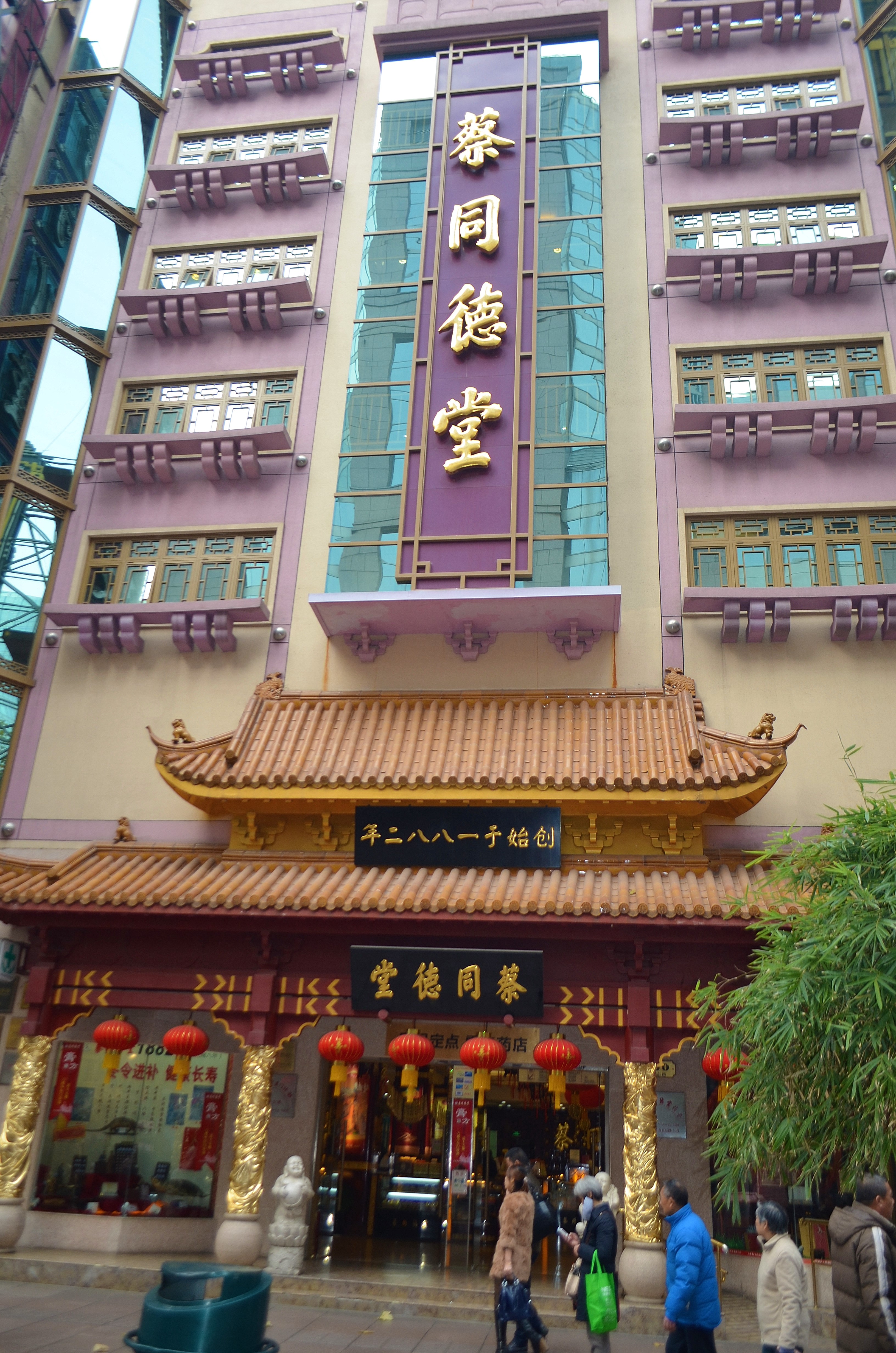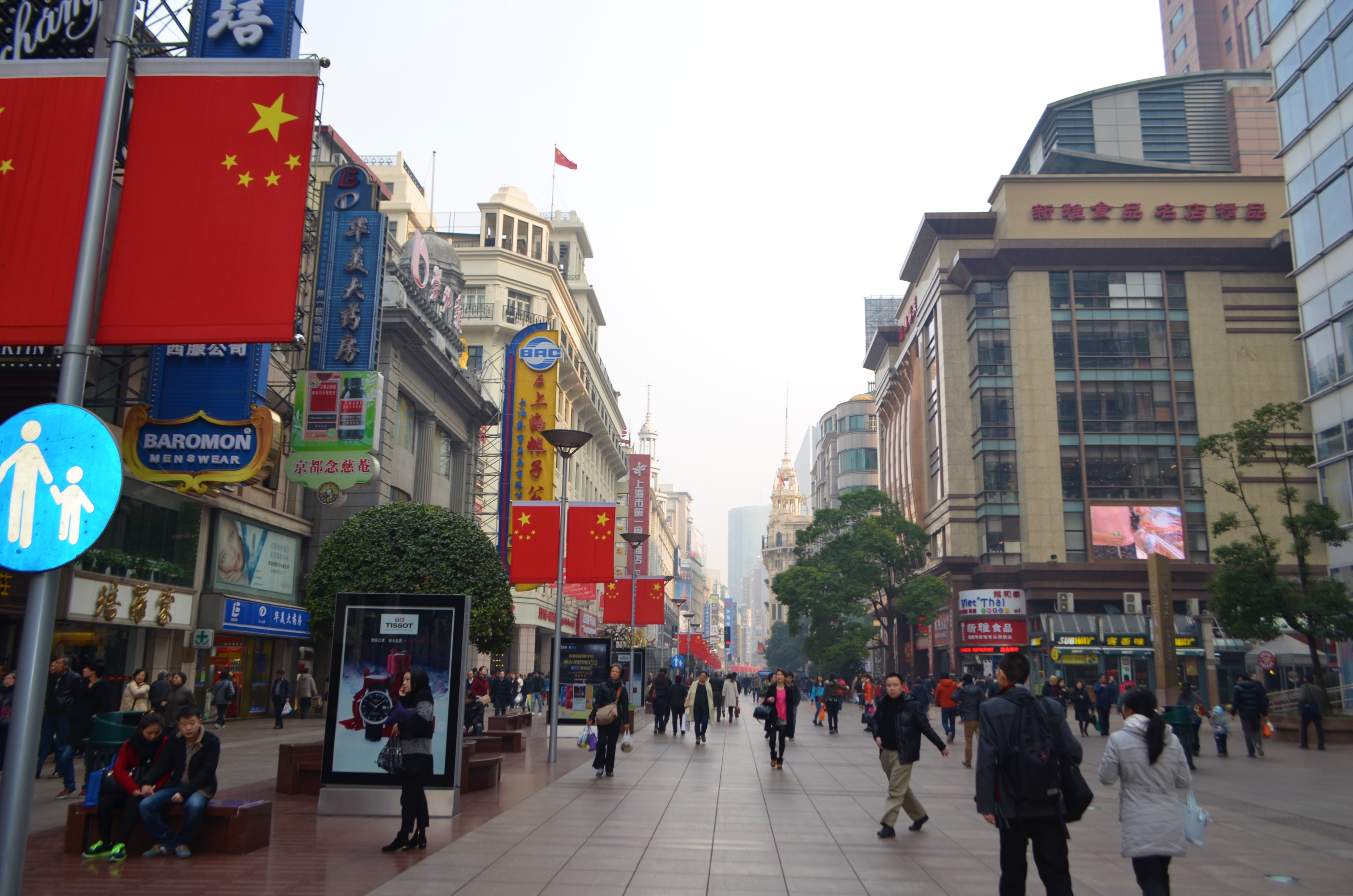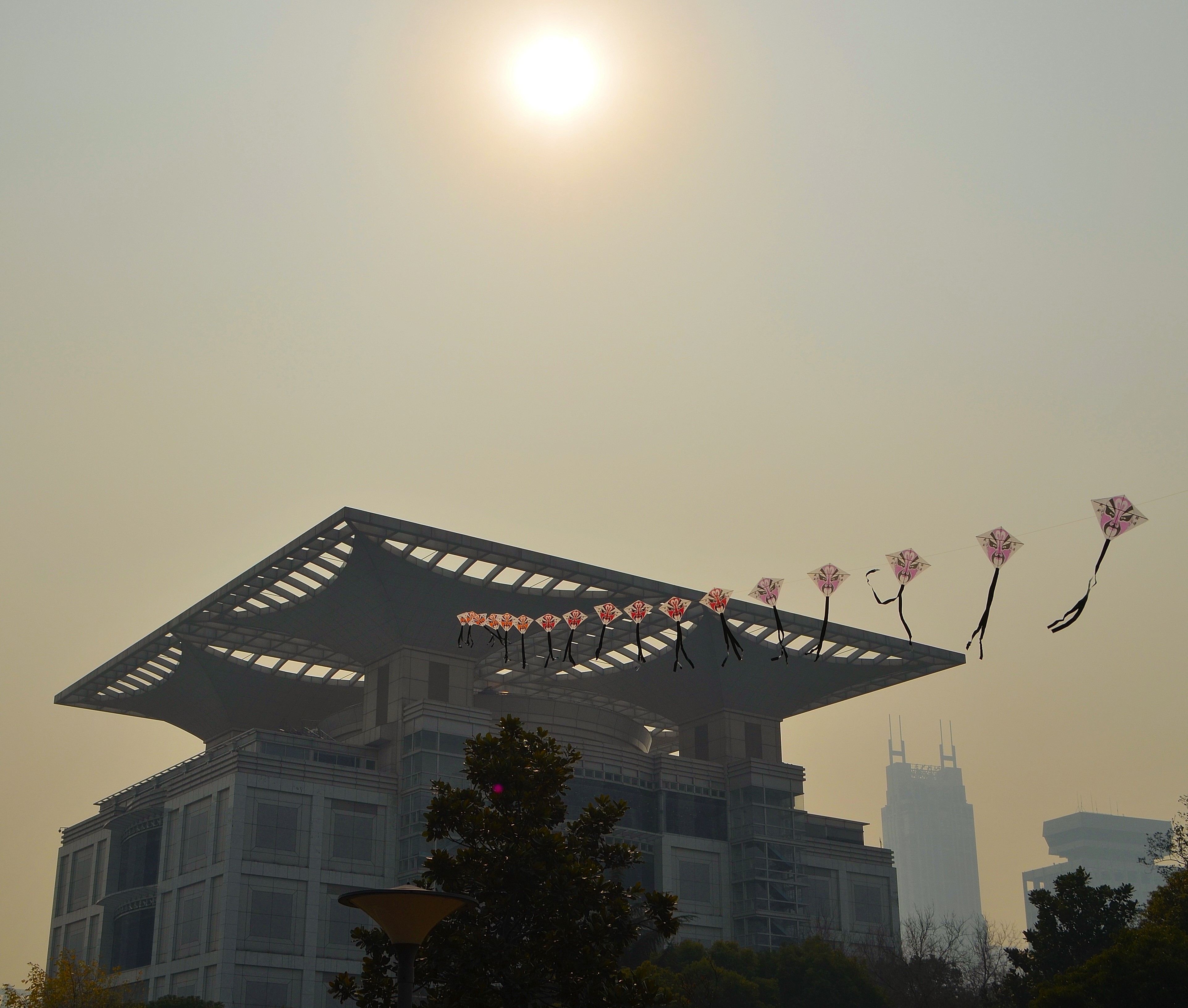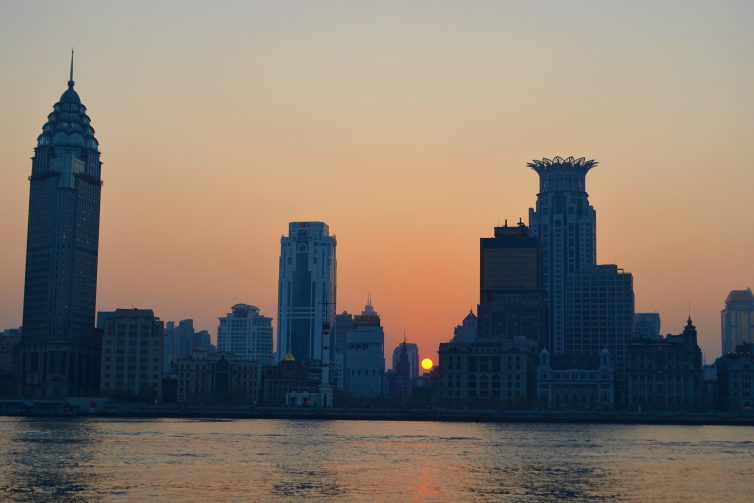Shanghai is the glammed-up, cosmopolitan cousin of Beijing—sleeker, shinier, and with enough skyscrapers to give you instant vertigo. It’s a city that sweeps you off your feet whether you like it or not: luxury hotels, a riverside promenade steeped in colonial history, and a skyline that looks like a sci-fi movie set. You don’t visit Shanghai—you surrender to it.
With over 24 million people, Shanghai is the most populous city in the world. For perspective: Romania’s entire population in 2013 was 21.7 million. Shanghai is basically a country in itself. I remember waiting at a crosswalk to cross a street with five lanes in each direction, staring at the human tsunami on the other side, imagining my tiny self being trampled in the urban stampede. Walking in Shanghai feels like playing human pinball—and that’s on a good day.
By evening, back in the silence of our hotel room (on the 63rd floor, no less), my ears were literally ringing from the constant background buzz. Shanghai isn’t just a city—it’s a 24/7 sensory overload. A major financial hub and the busiest container port in the world, it’s a hybrid of East and West, tradition and innovation. Fun fact: the name “Shanghai” literally means “upon the sea.” It sits where the Yangtze River flows into the East China Sea, sliced by the Huangpu River.
Once a center for silk and cotton production and later notorious for its opium trade, Shanghai was a city built on ambition and exploitation. Today, it’s home to the highest salaries in China, the priciest real estate, and some of the tallest buildings on the planet.
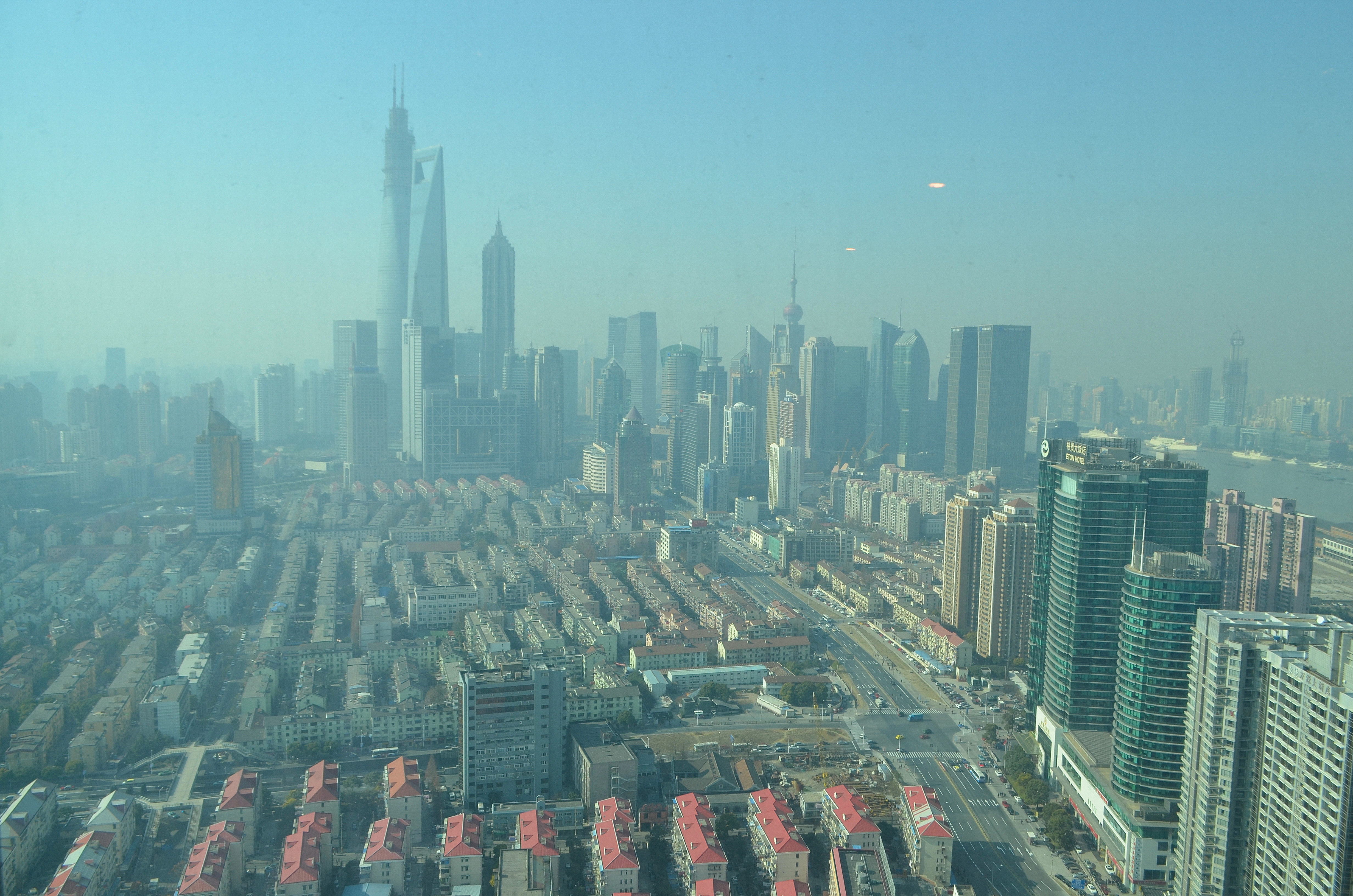
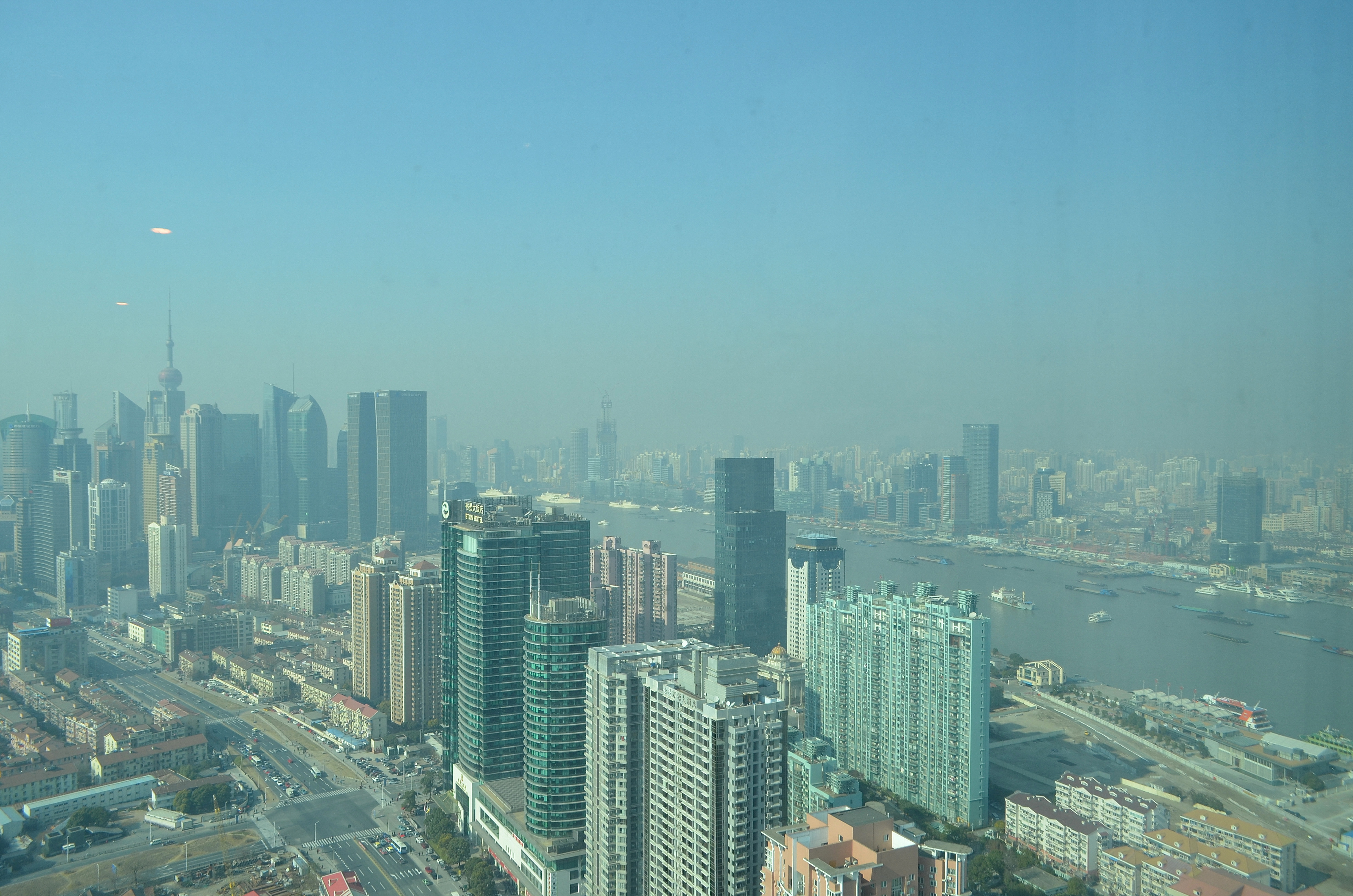
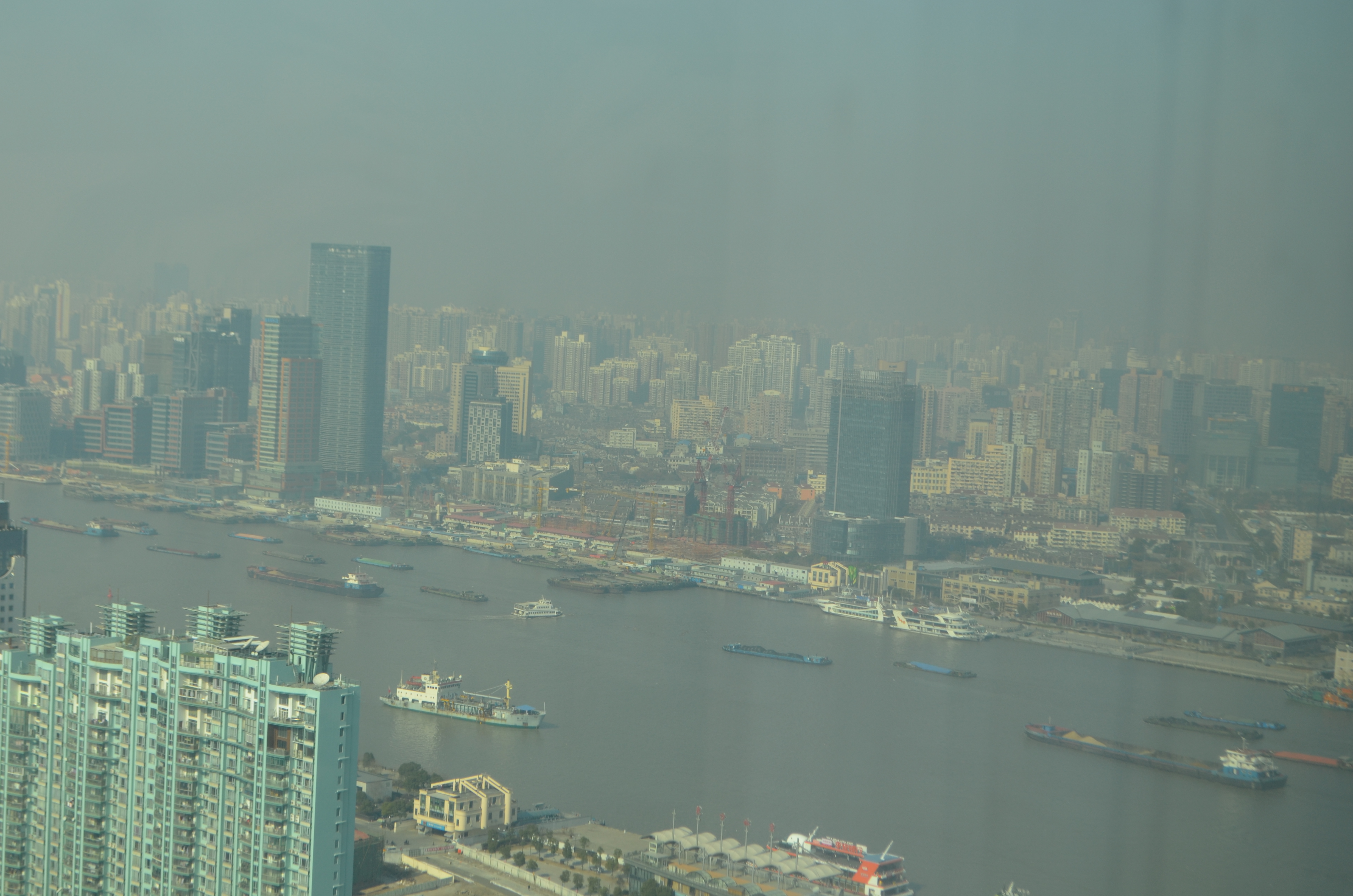
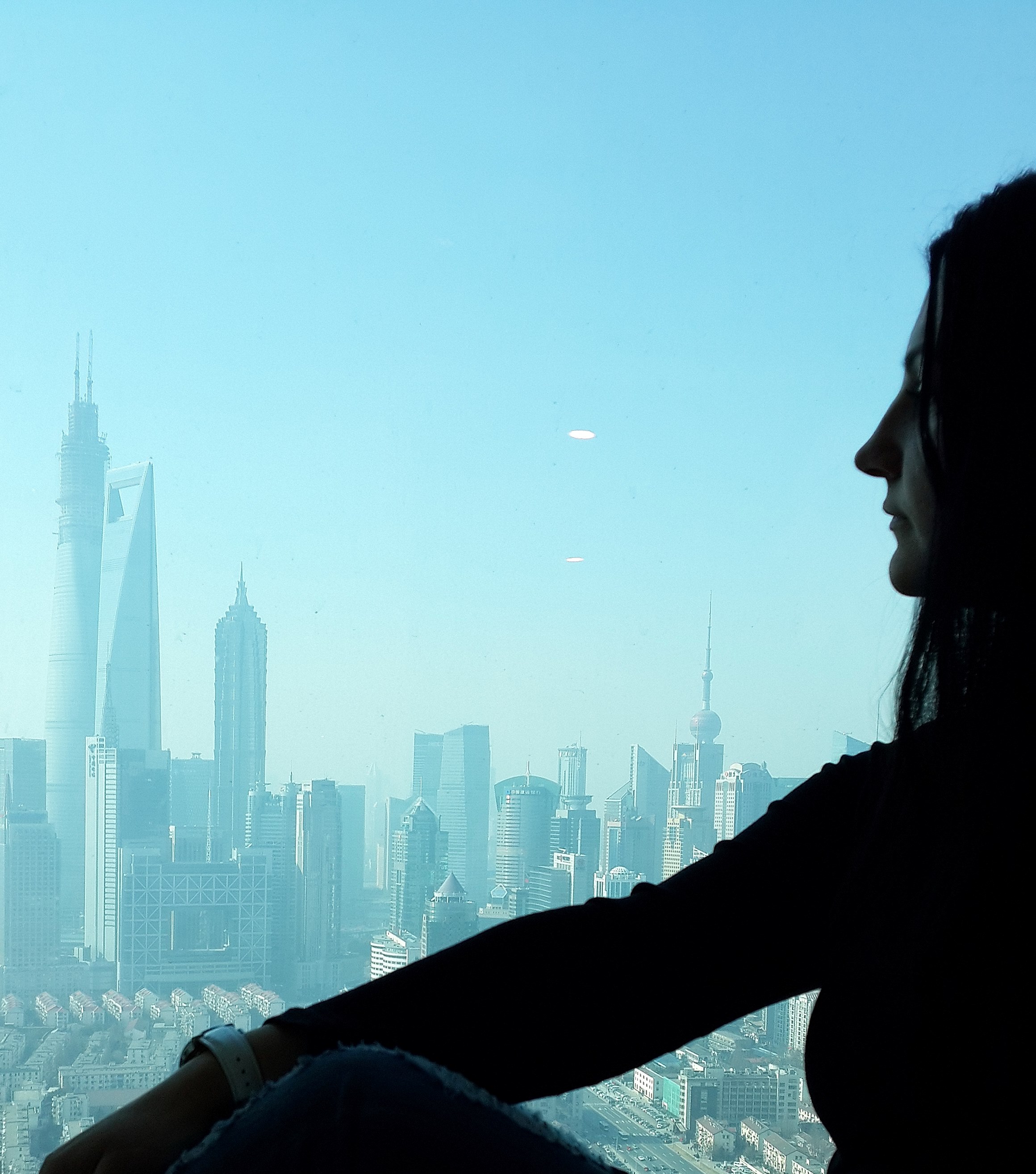
What to See in the Mega-Metropolis
Three days in Shanghai? Challenge accepted. We kicked things off in Pudong, the futuristic financial heart of the city. No guide this time—just a map, our curiosity, and very comfortable shoes.
Pudong dazzles with its impossibly tall buildings and a skyline that looks like it’s on steroids. The public transport here is fantastic—12 metro lines and over 1,000 bus routes. But the real showstopper is the Maglev train. This magnetic levitation marvel links Pudong International Airport to Longyang Road station in just 8 minutes. Speed? A casual 431 km/h. Cost? 50 yuan. Sci-fi, but make it accessible.
Our first stop was the Shanghai Ocean Aquarium—a dreamland for sea creature fans and a must-see if you’re traveling with kids. With 450 species spread across 9 thematic zones, it’s like diving through the world’s aquatic ecosystems in one visit. From Yangtze River fish and South American Amazon floods to the icy waters of the Antarctic, it’s pure magic. Don’t miss the feeding times—kids love them, and honestly, so did I.
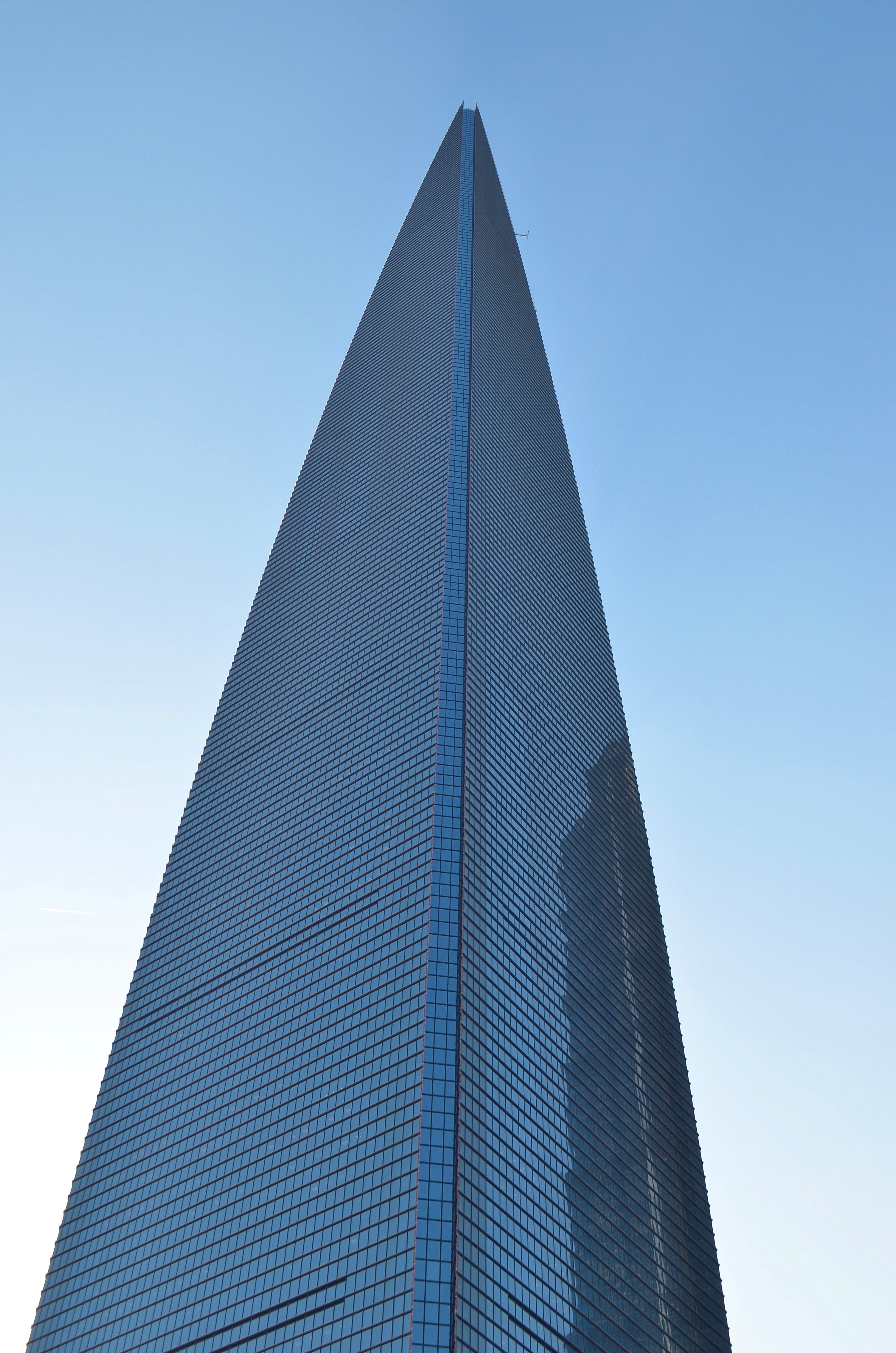
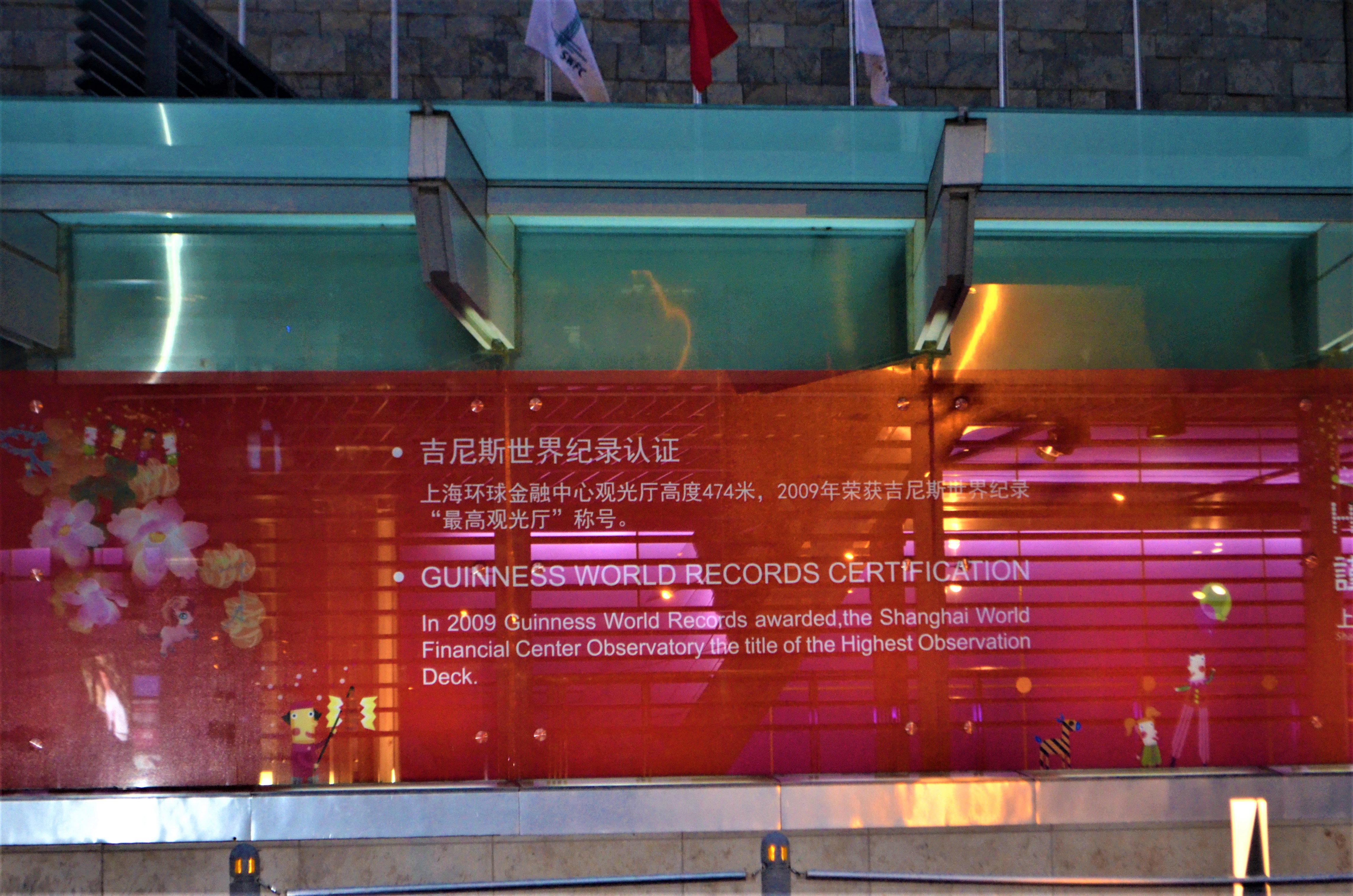
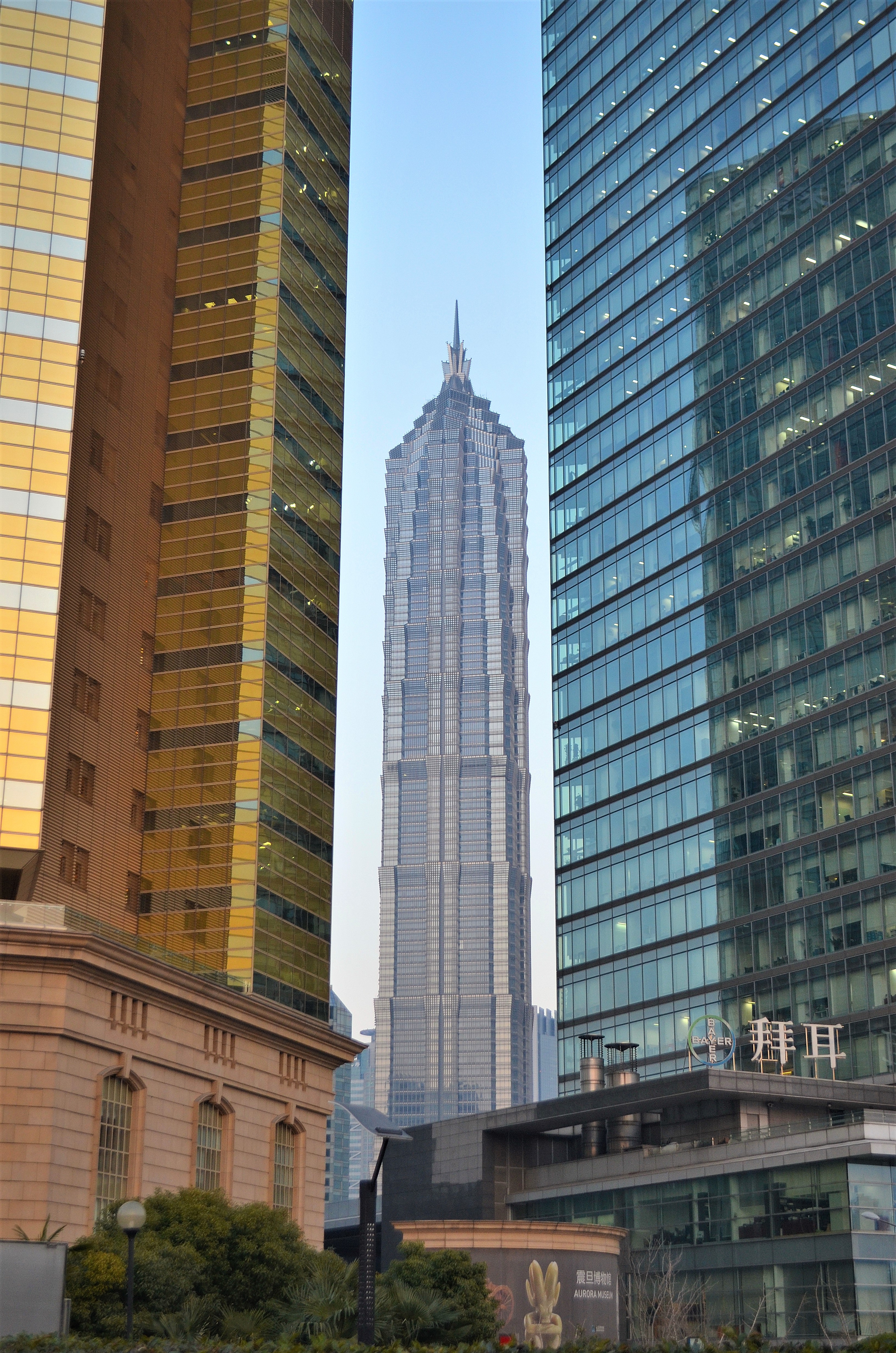
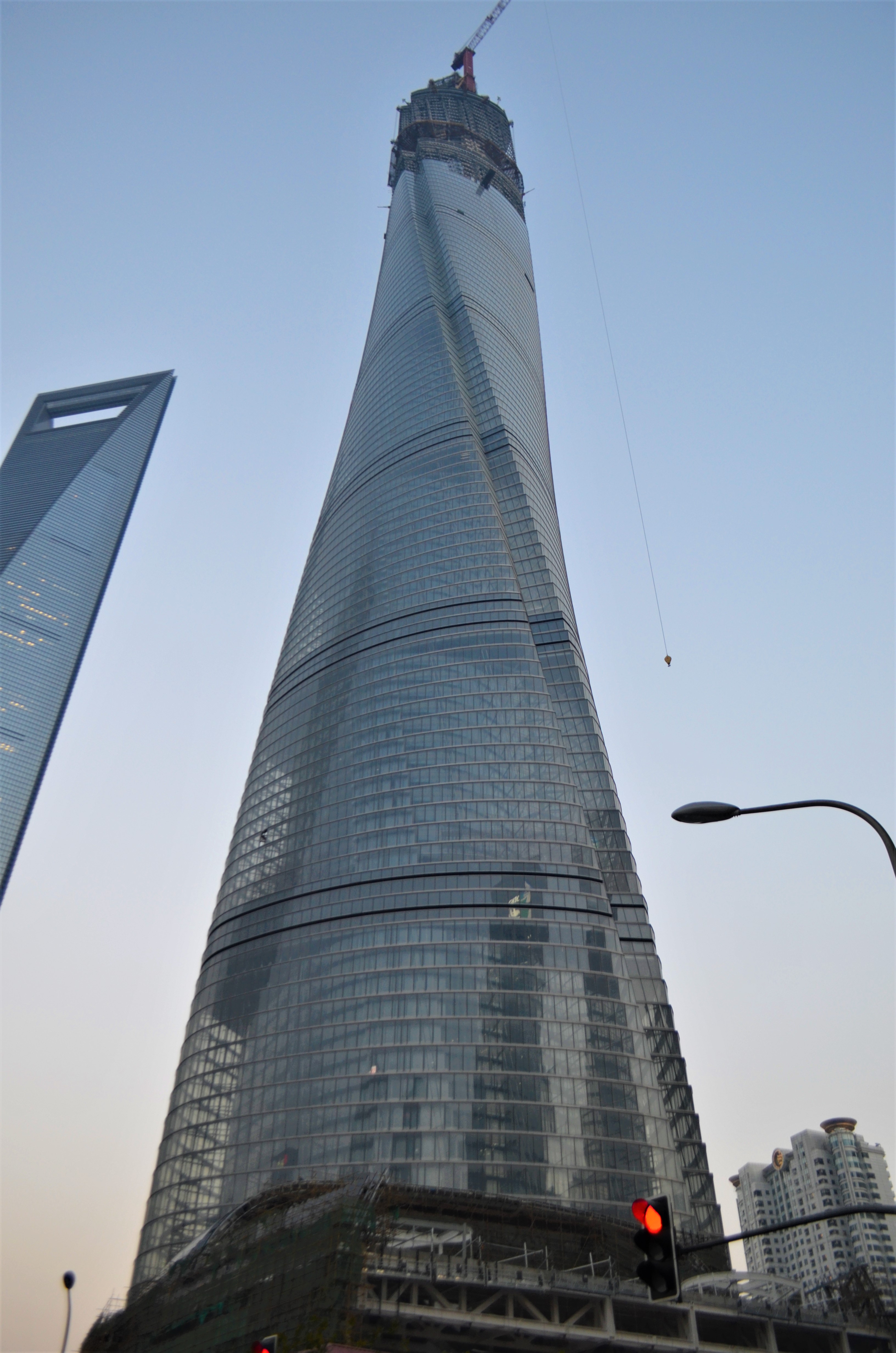

On our way, we passed three of Shanghai’s iconic towers:
- Shanghai World Financial Center (aka “the bottle opener”) – 492 meters tall, housing offices, a Hyatt hotel (floors 79–93!), and observation decks at dizzying heights. Tickets for the 94th, 97th, and 100th floors? 180 yuan.
- Jin Mao Tower – 420.5 meters of golden prosperity, topped with a sky bar (Cloud 9) on the 87th floor.
- Shanghai Tower – still under construction at the time, but already a beast at 632 meters. When finished, it will be China’s tallest tower and second tallest in the world after Burj Khalifa. With 128 floors and elevators that move faster than most people’s thoughts, this building redefines altitude.
After walking among the clouds, we reached the Oriental Pearl Tower, Shanghai’s iconic TV tower in Pudong. Built between 1991 and 1994, it stands 468 meters tall and lights up at night like a neon dream. It has 11 spheres (yes, actual spheres), observation platforms, and even a Space Hotel with 20 rooms between its two main spheres.
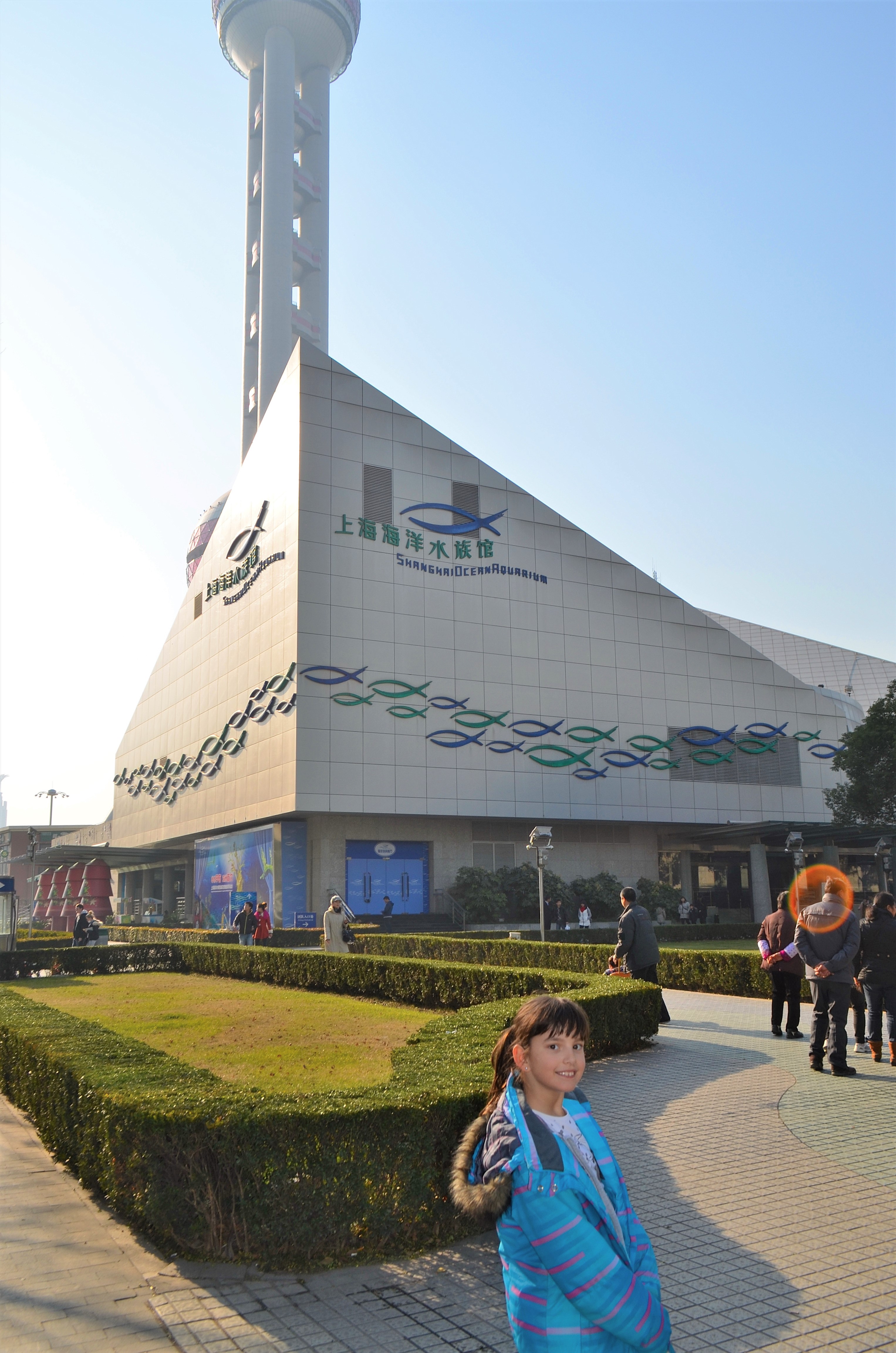
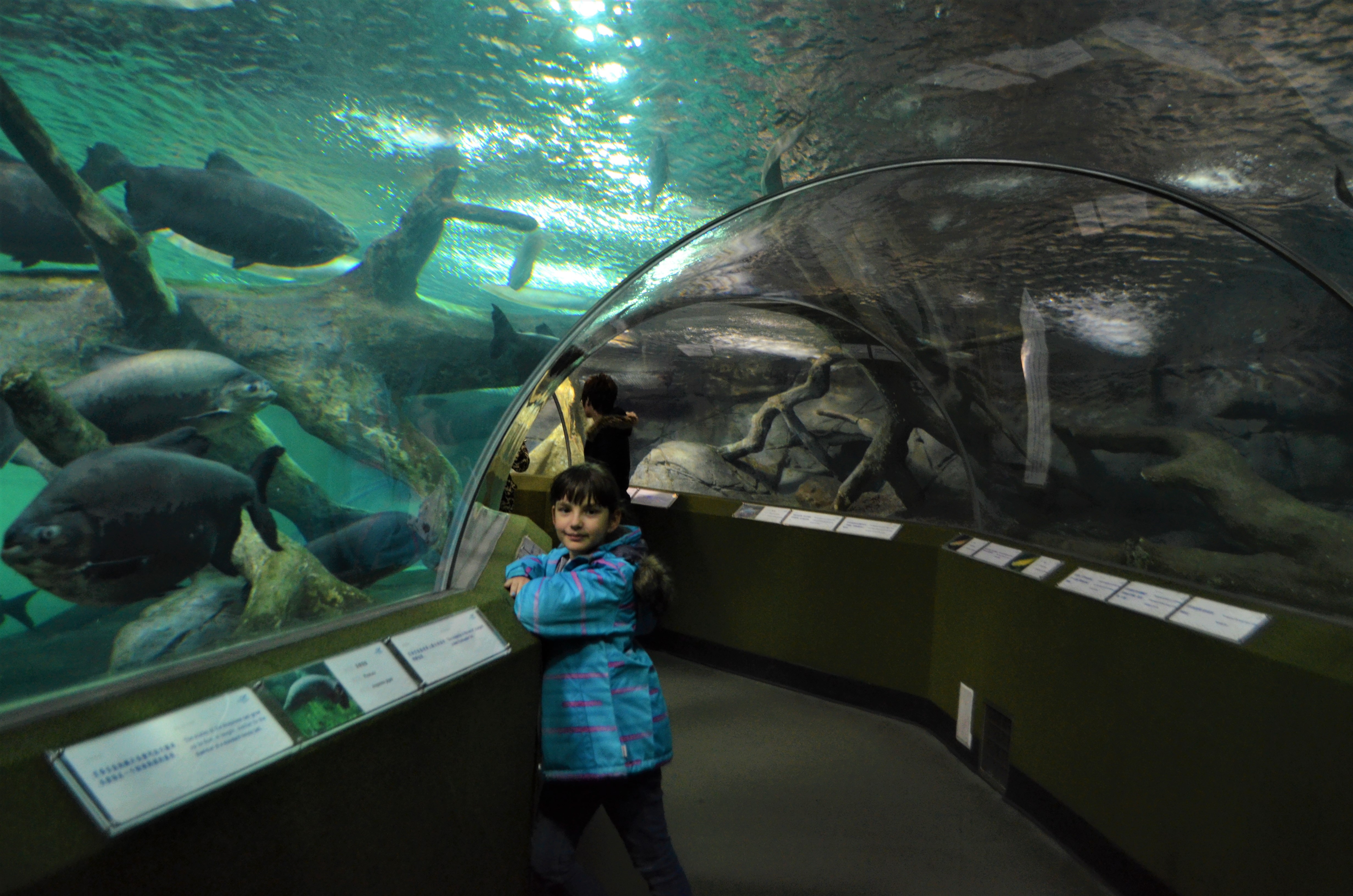

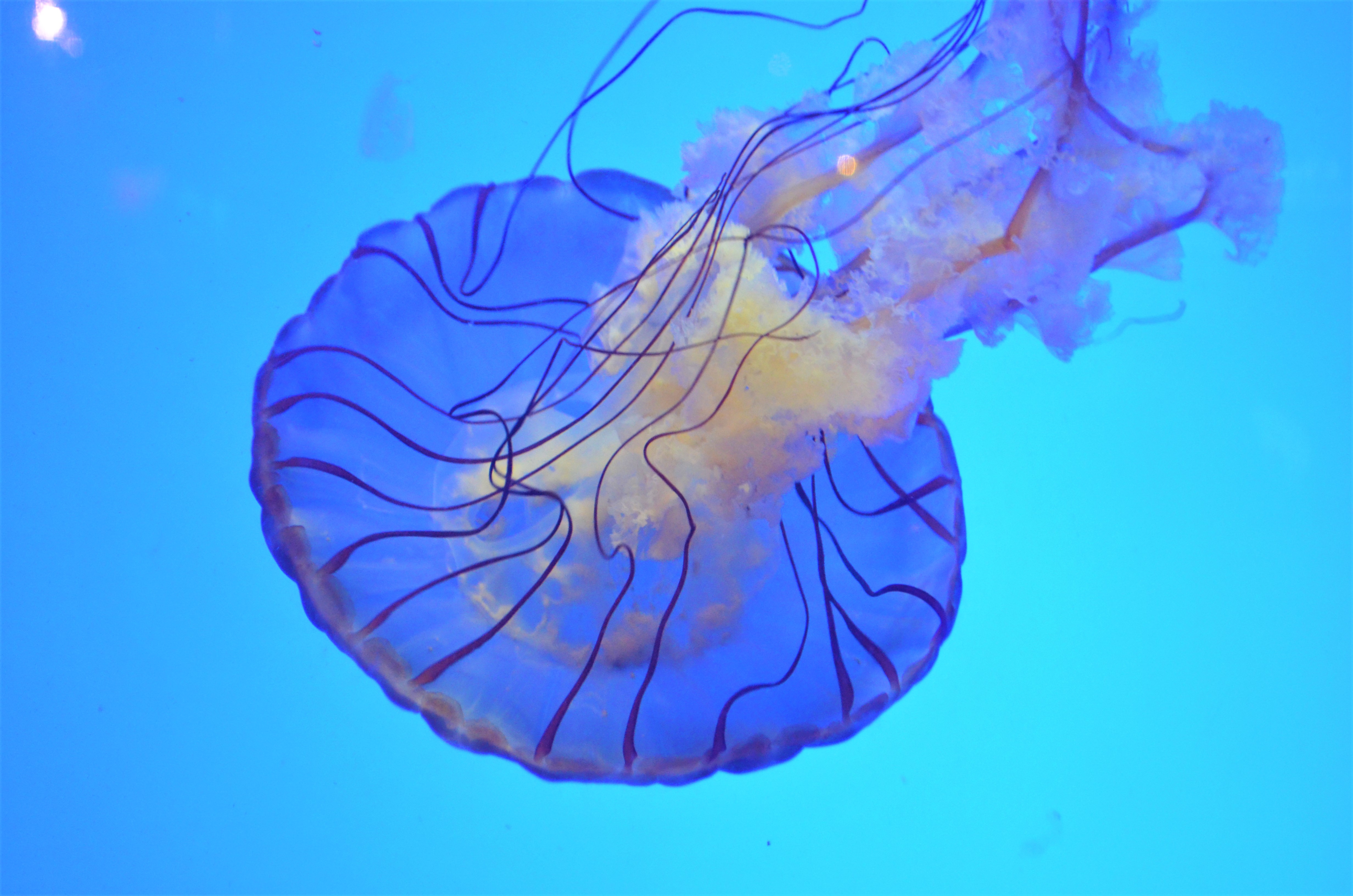
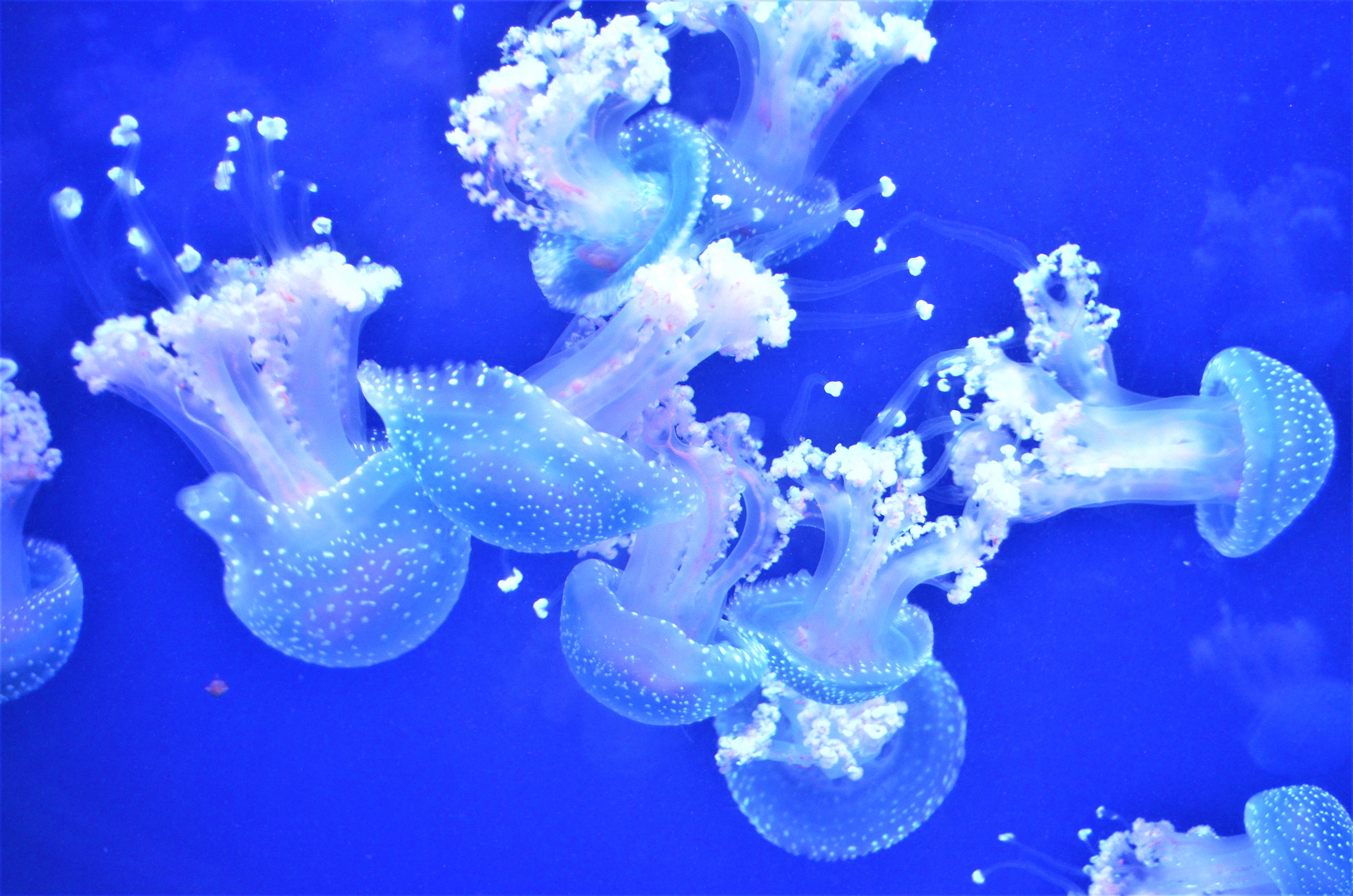
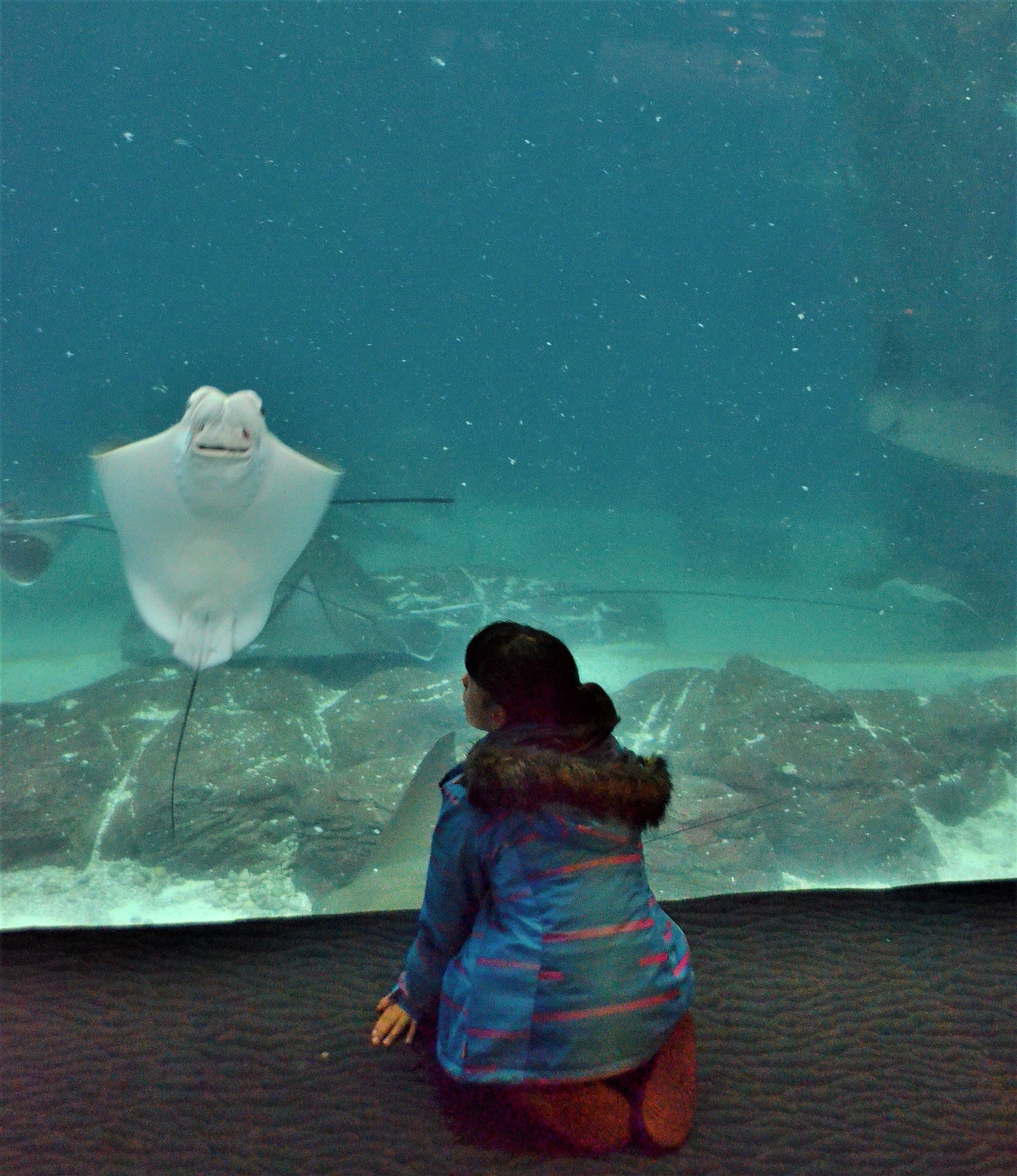

Exploring the Bund and Old Shanghai
The next day, we crossed the river to wander along The Bund, Shanghai’s most famous promenade. Stretching 1.6 km along the Huangpu, it’s lined with 52 historic buildings in architectural styles ranging from Gothic and Baroque to Art Deco. It feels like the past is having a staring contest with the futuristic skyline across the river. Also, I found a Starbucks. Praise the coffee gods.
Originally a British settlement, The Bund became a banking district by the 1940s. After the Communist victory in 1949, most institutions left, and the area took on new identities. Today, it’s a living museum of colonial ambition and architectural grandeur.
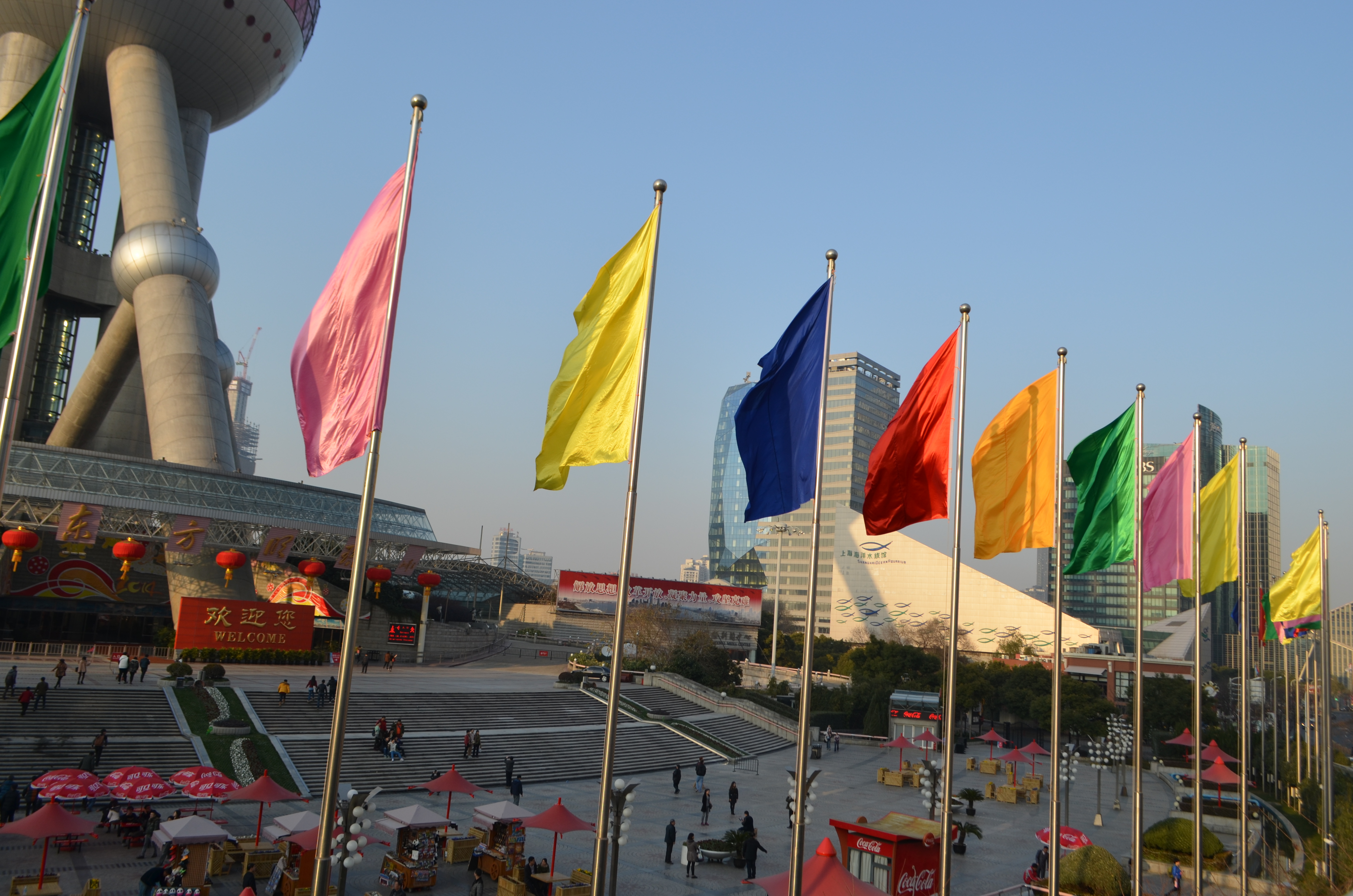
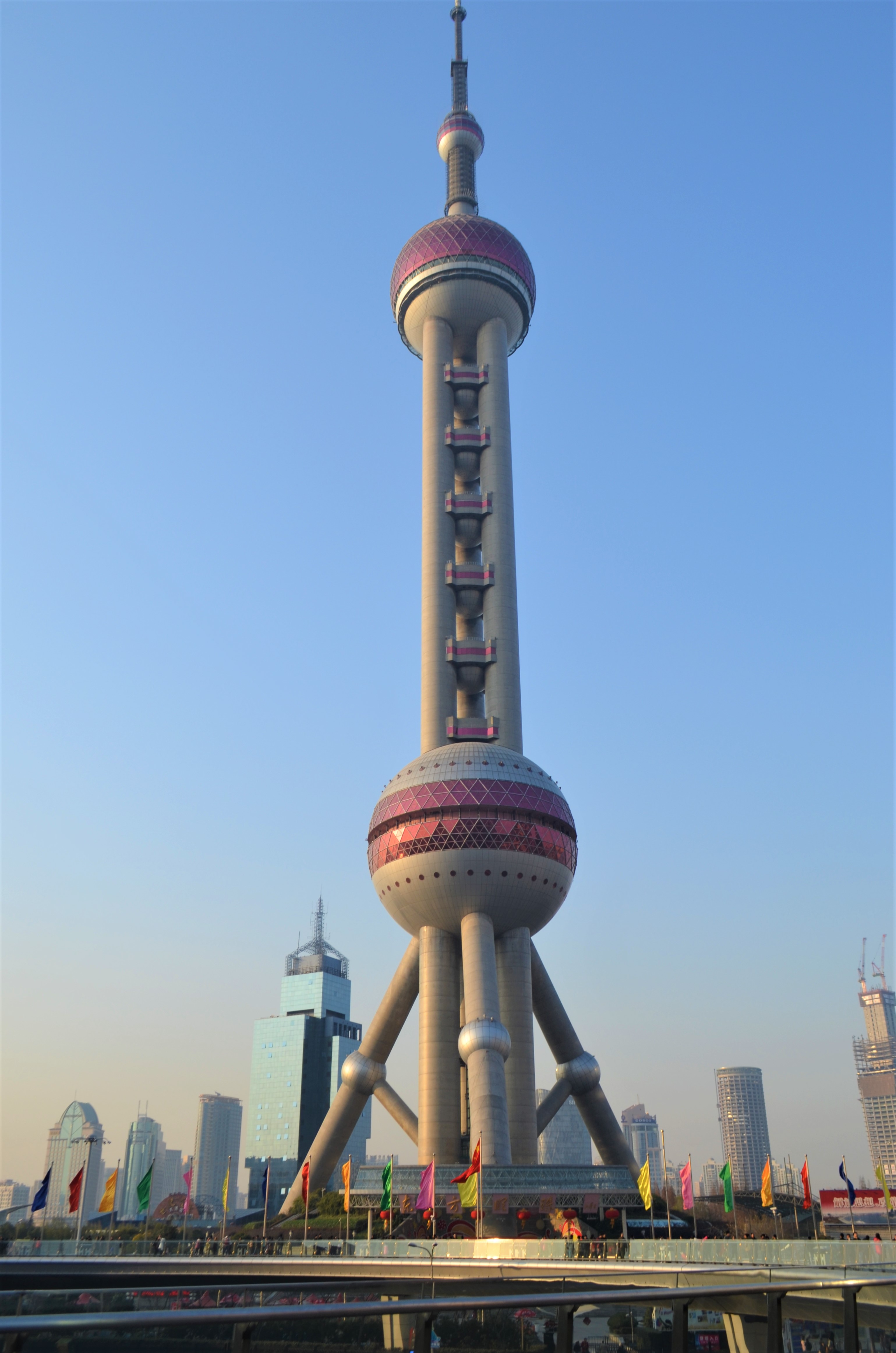
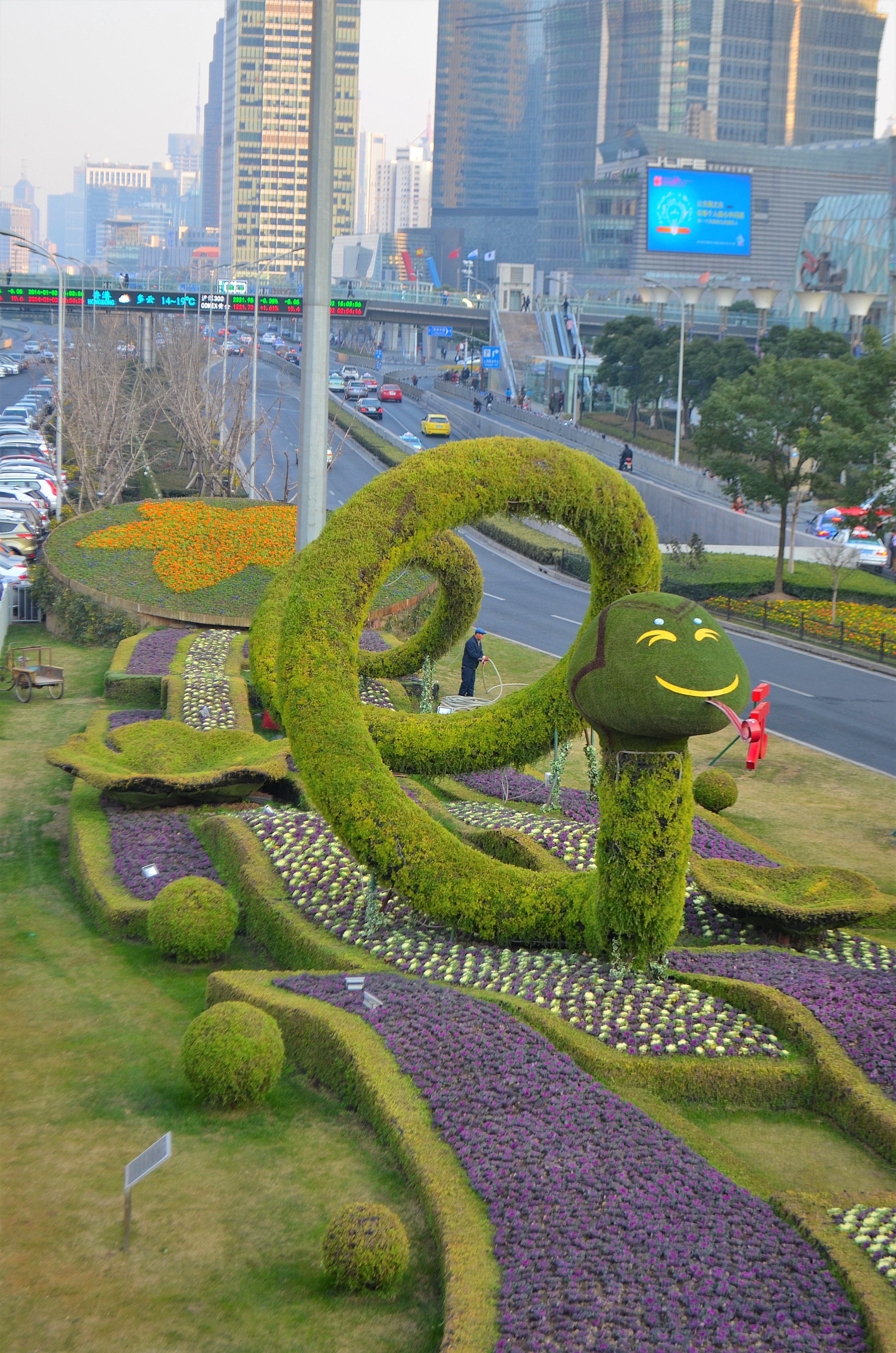
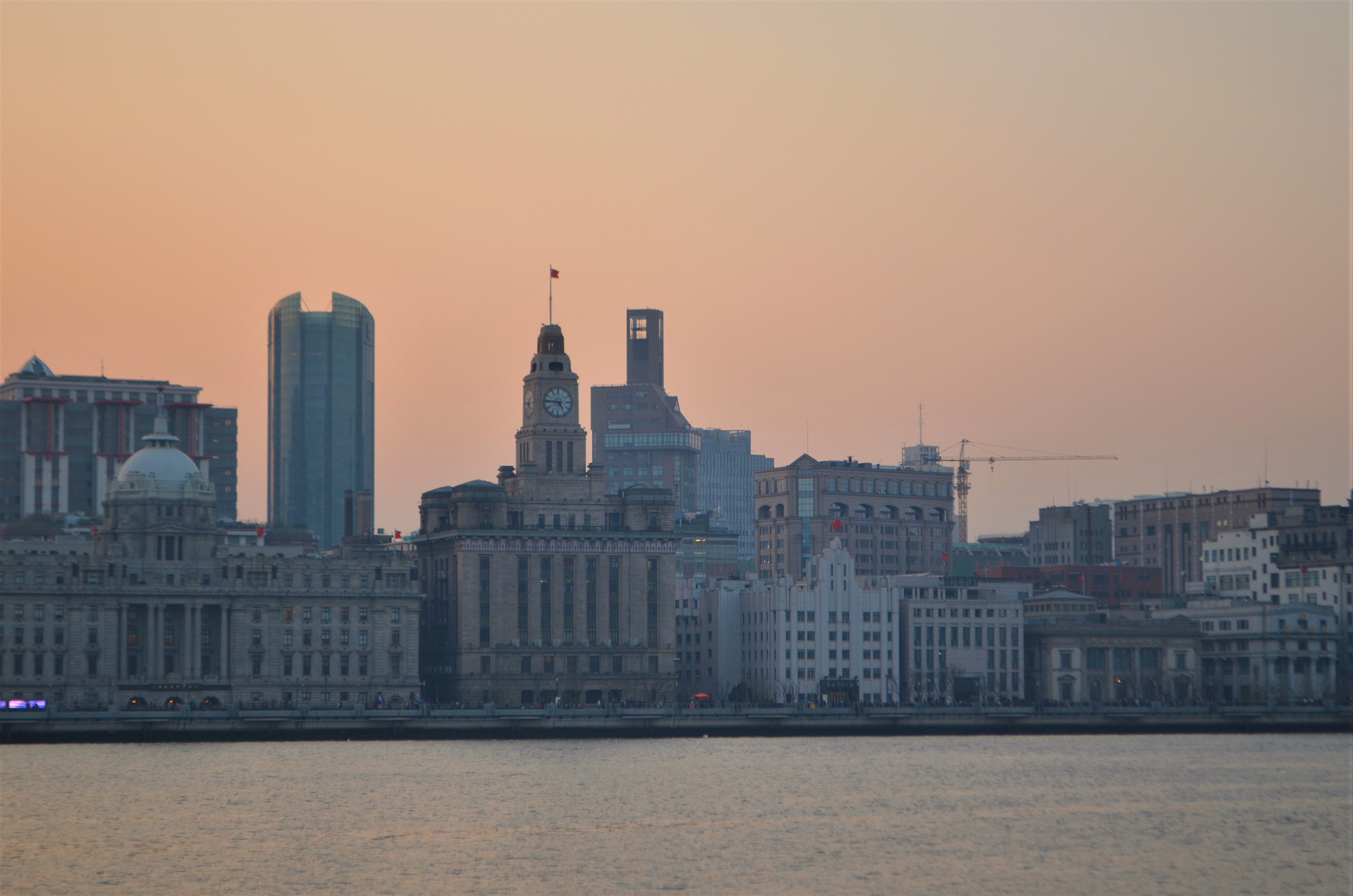

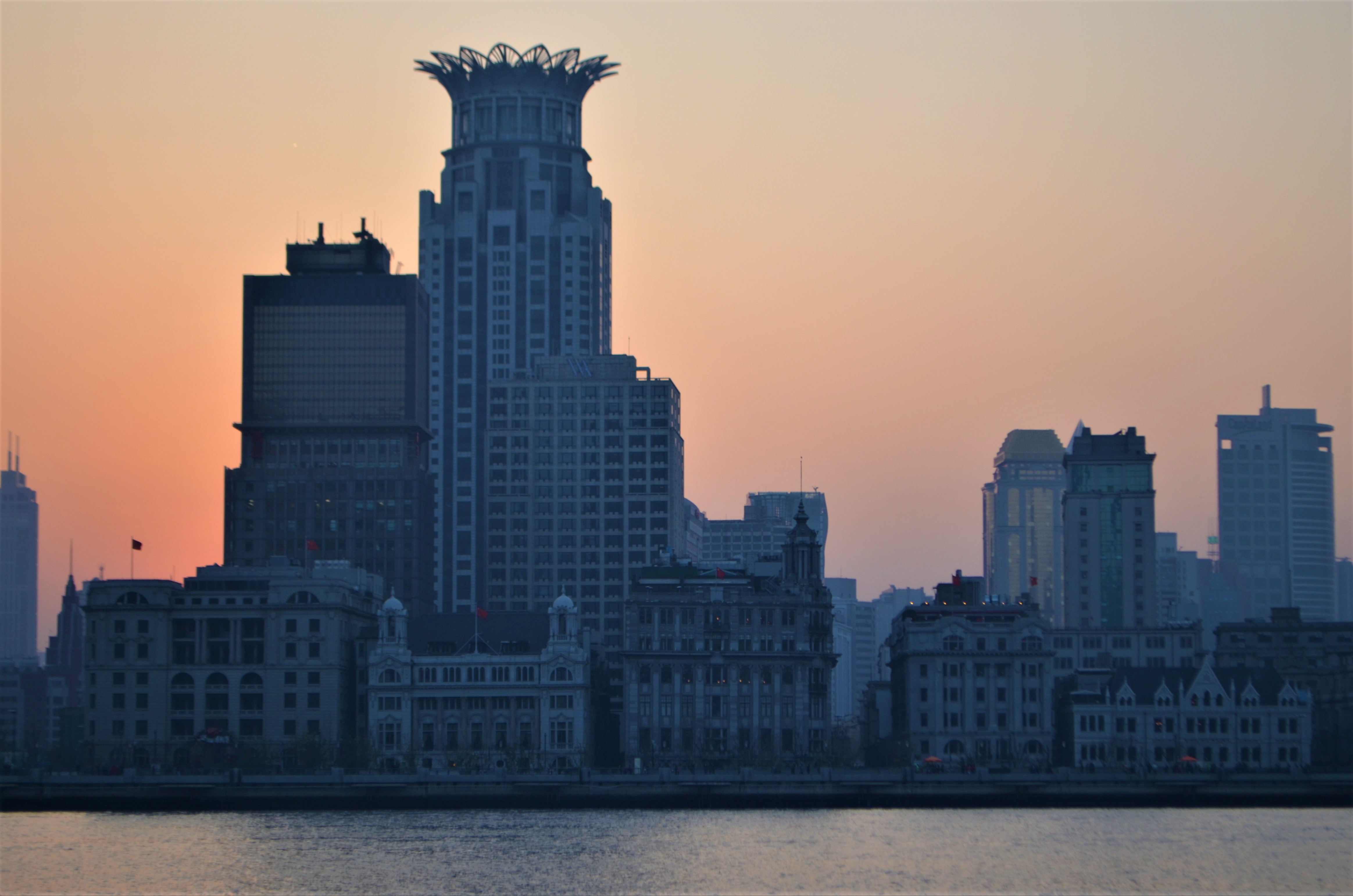

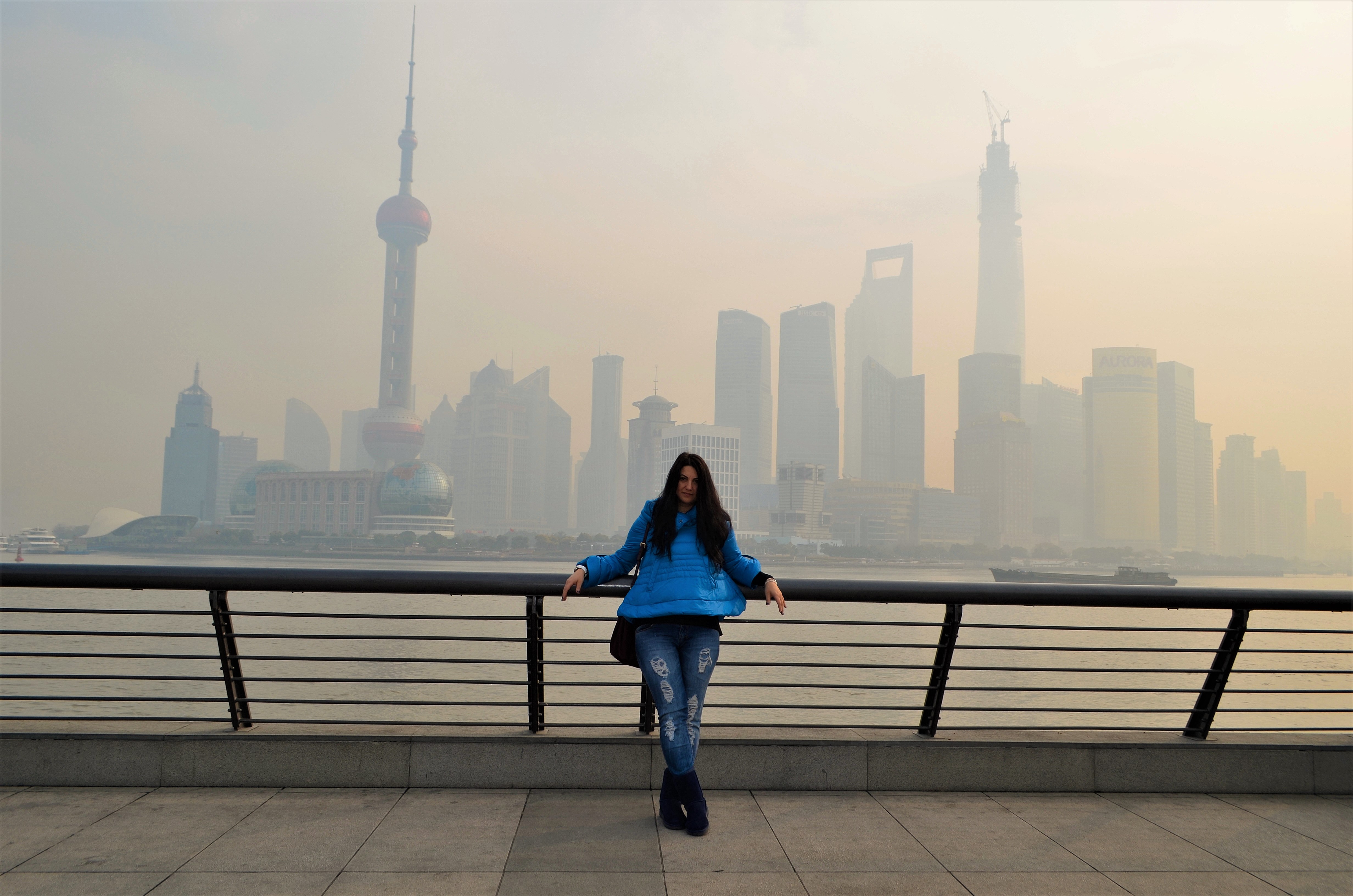
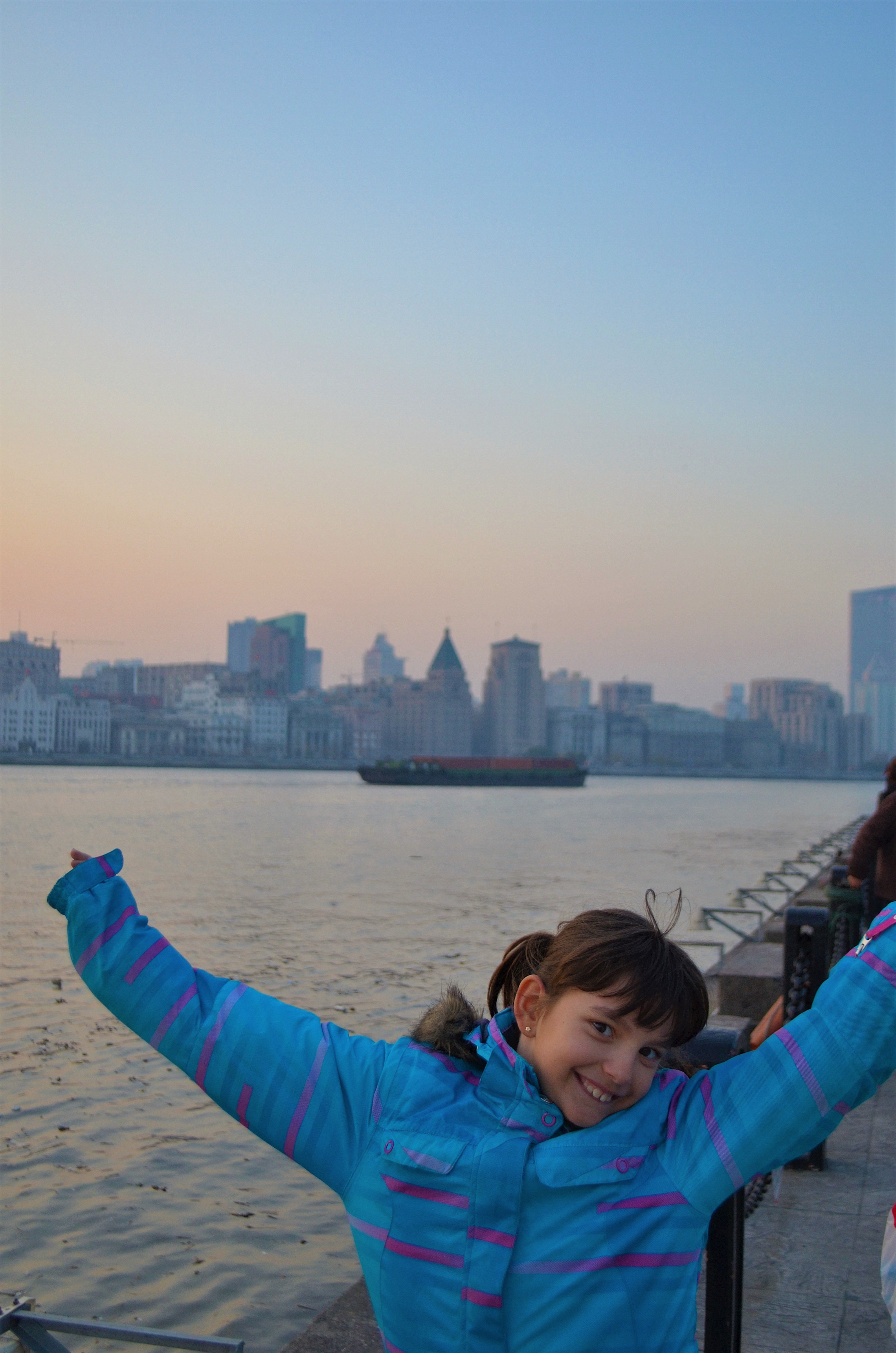

We ended our journey at the Shanghai Museum, located in People’s Square. Spread across four well-organized floors, it’s a treasure trove of Chinese history—sculptures, paintings, furniture, ceramics, calligraphy, seals… You name it, it’s here. After the museum, we got lost in the enchanting Old Town and wandered through Yuyuan Garden—an oasis of calm in the chaos.
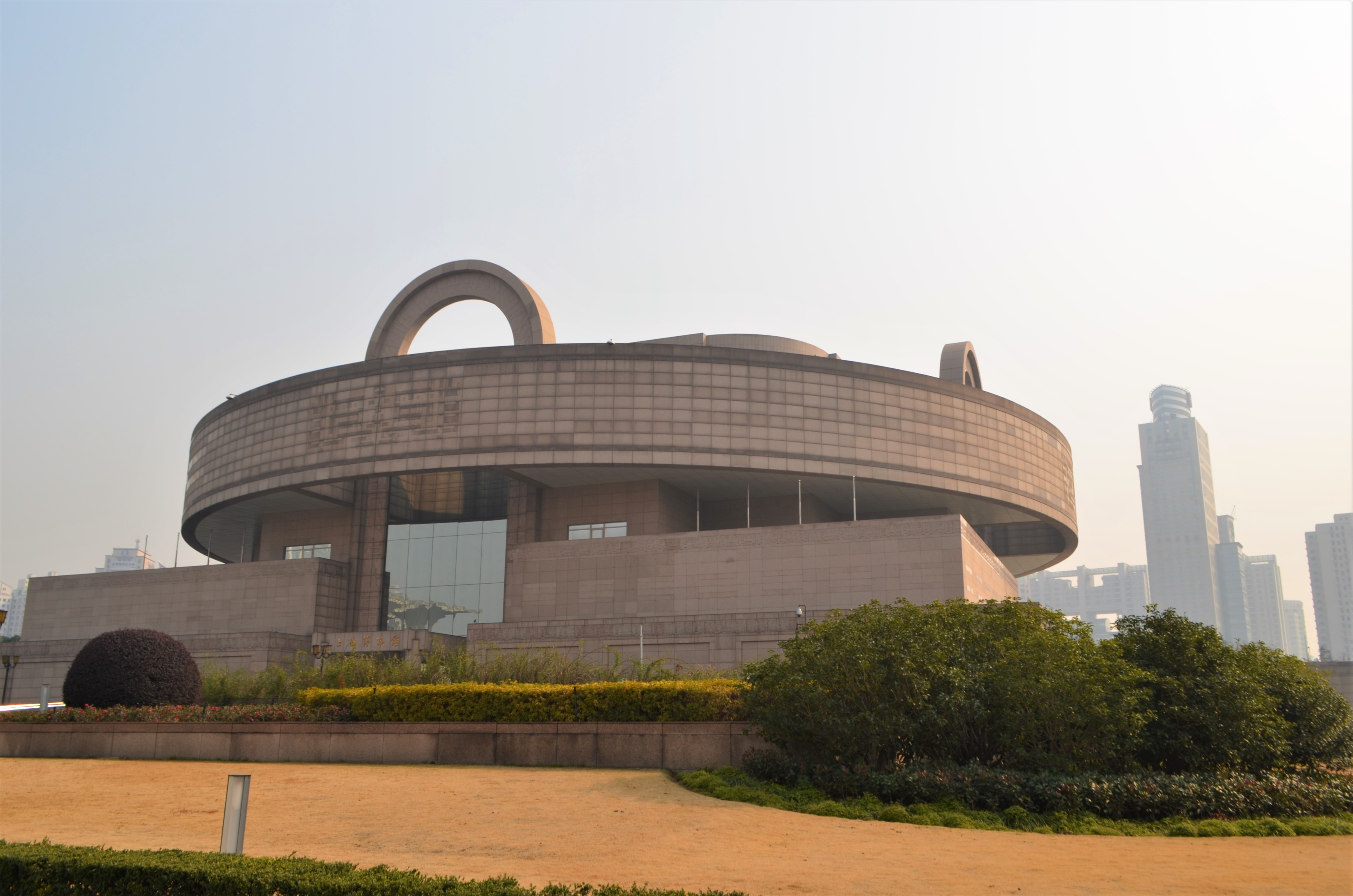
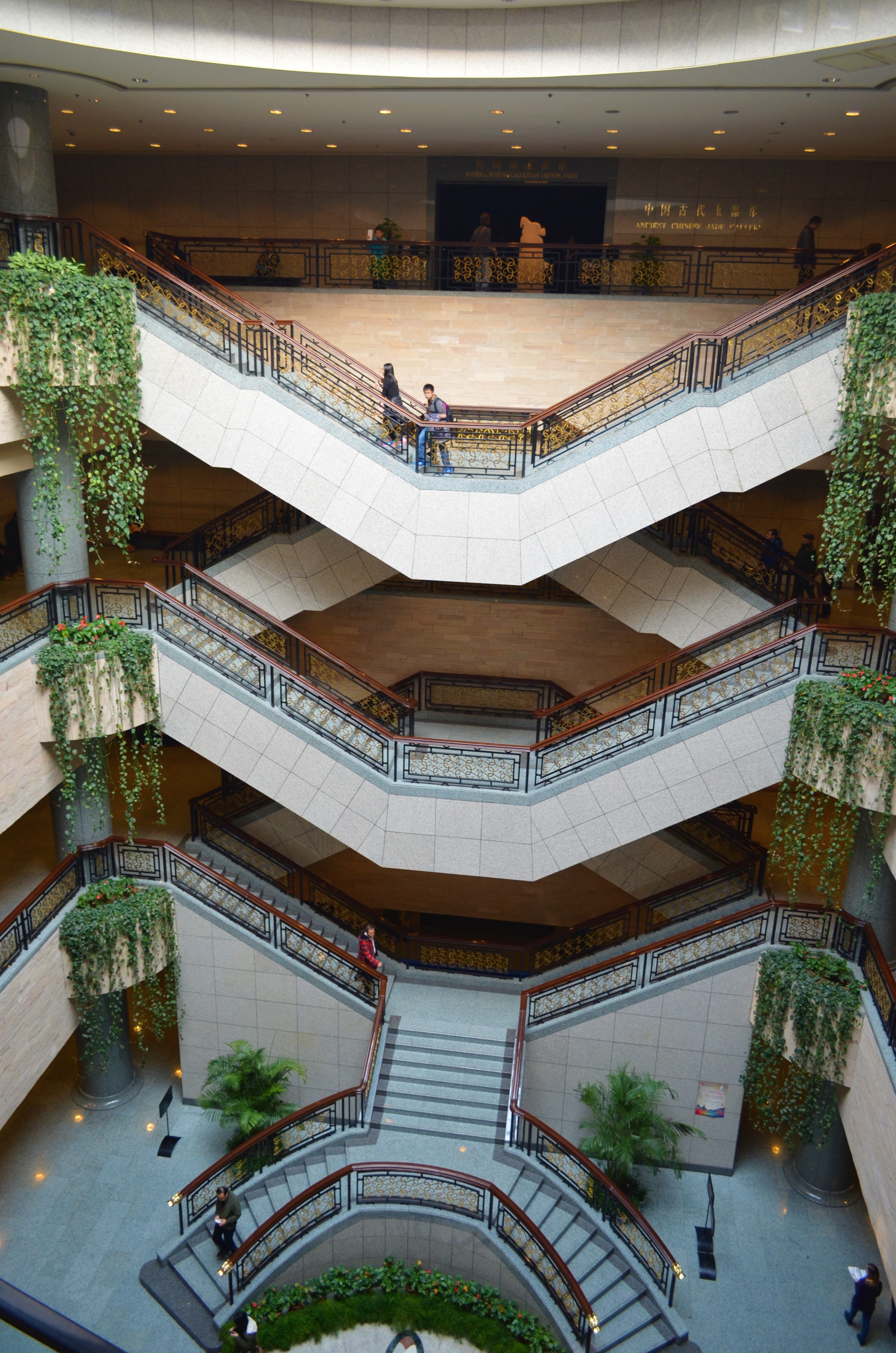
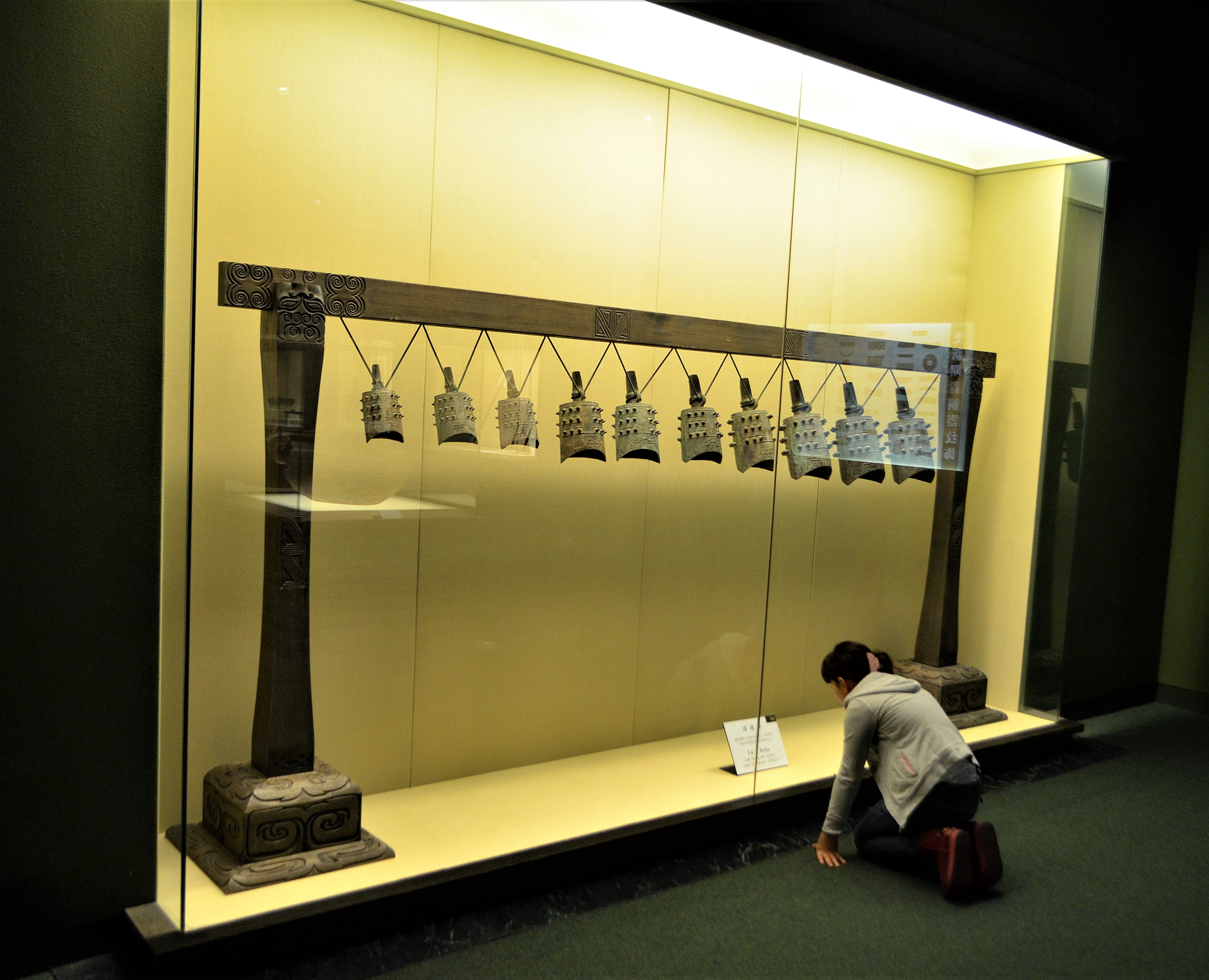
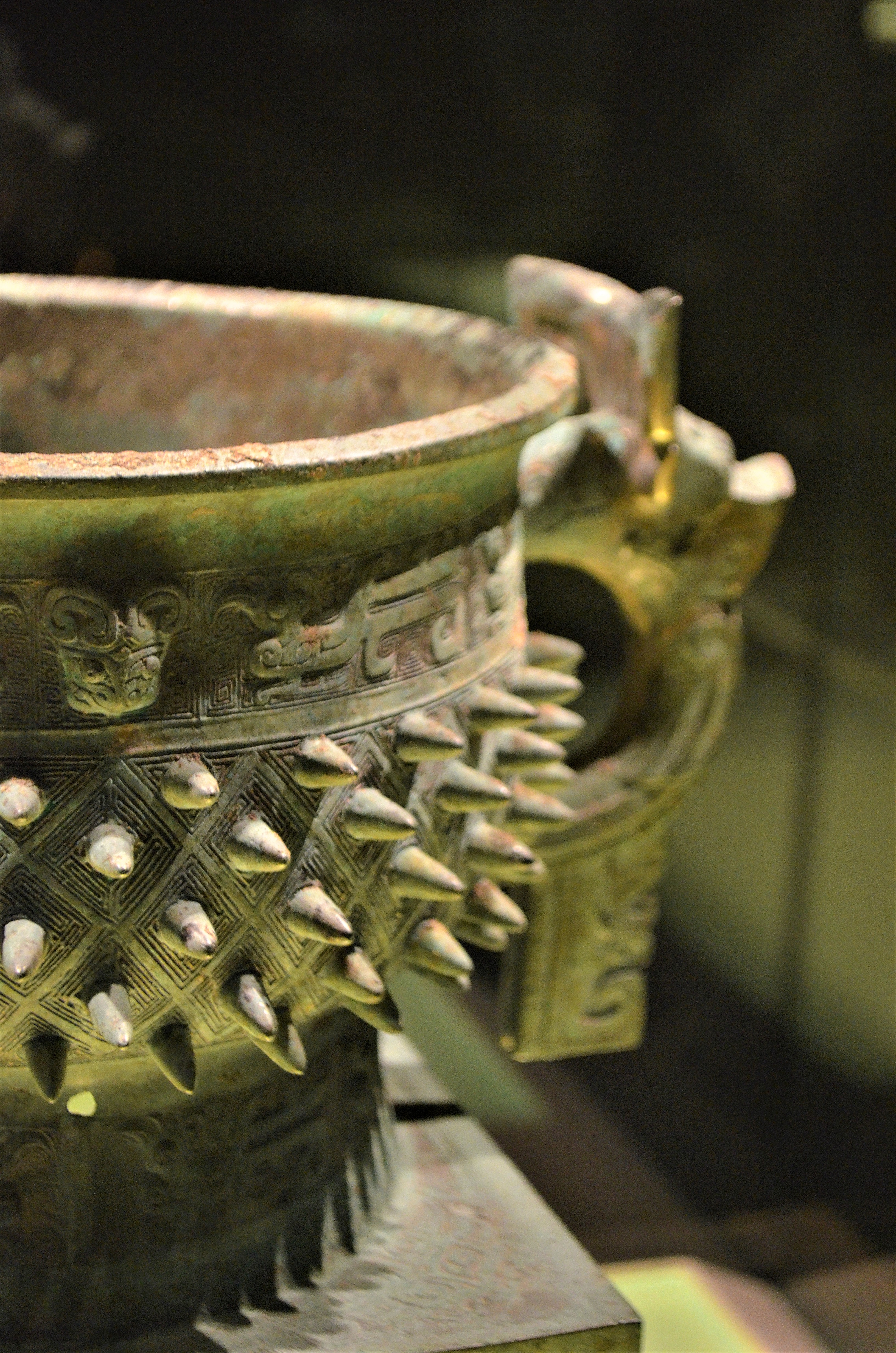
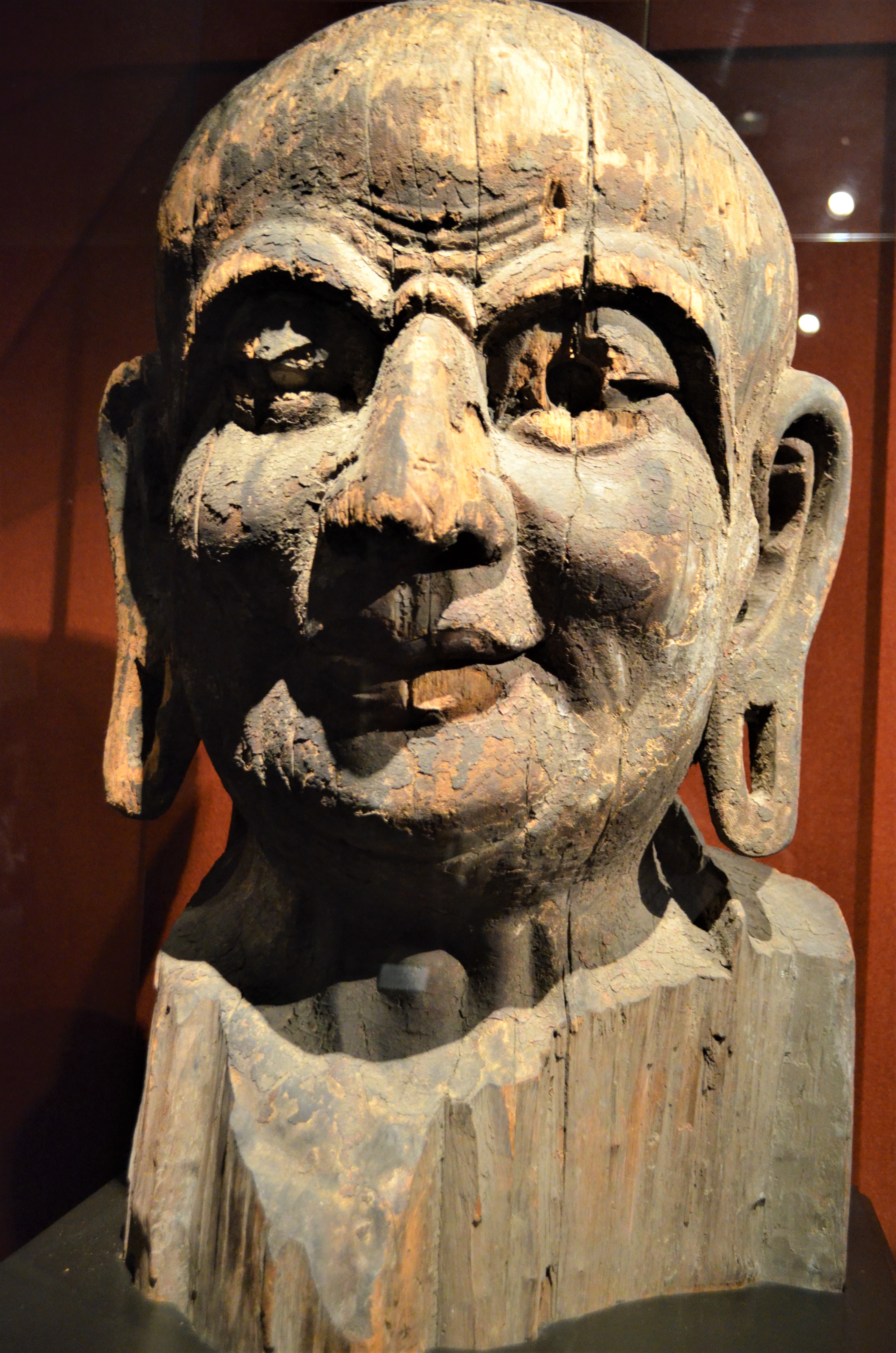
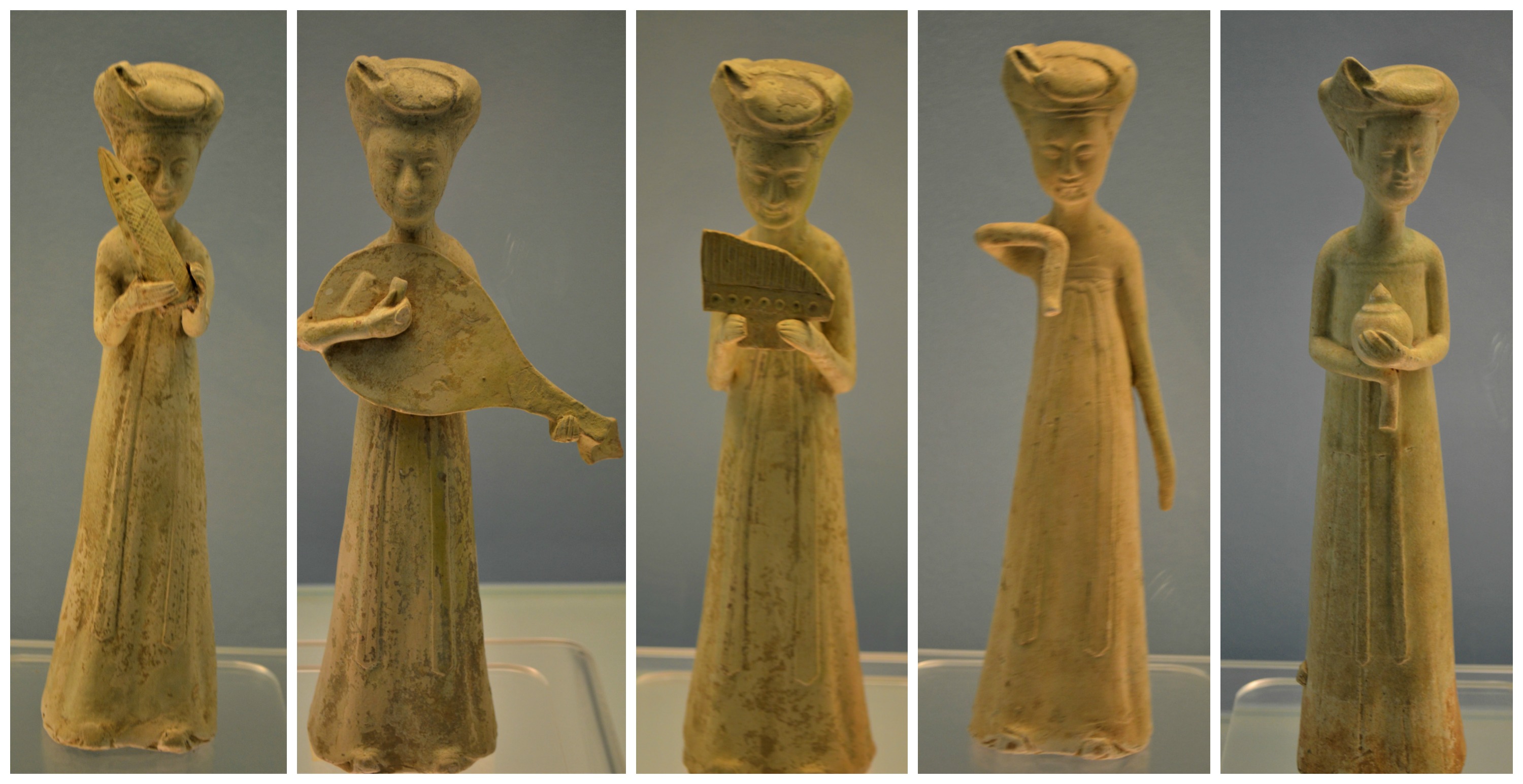
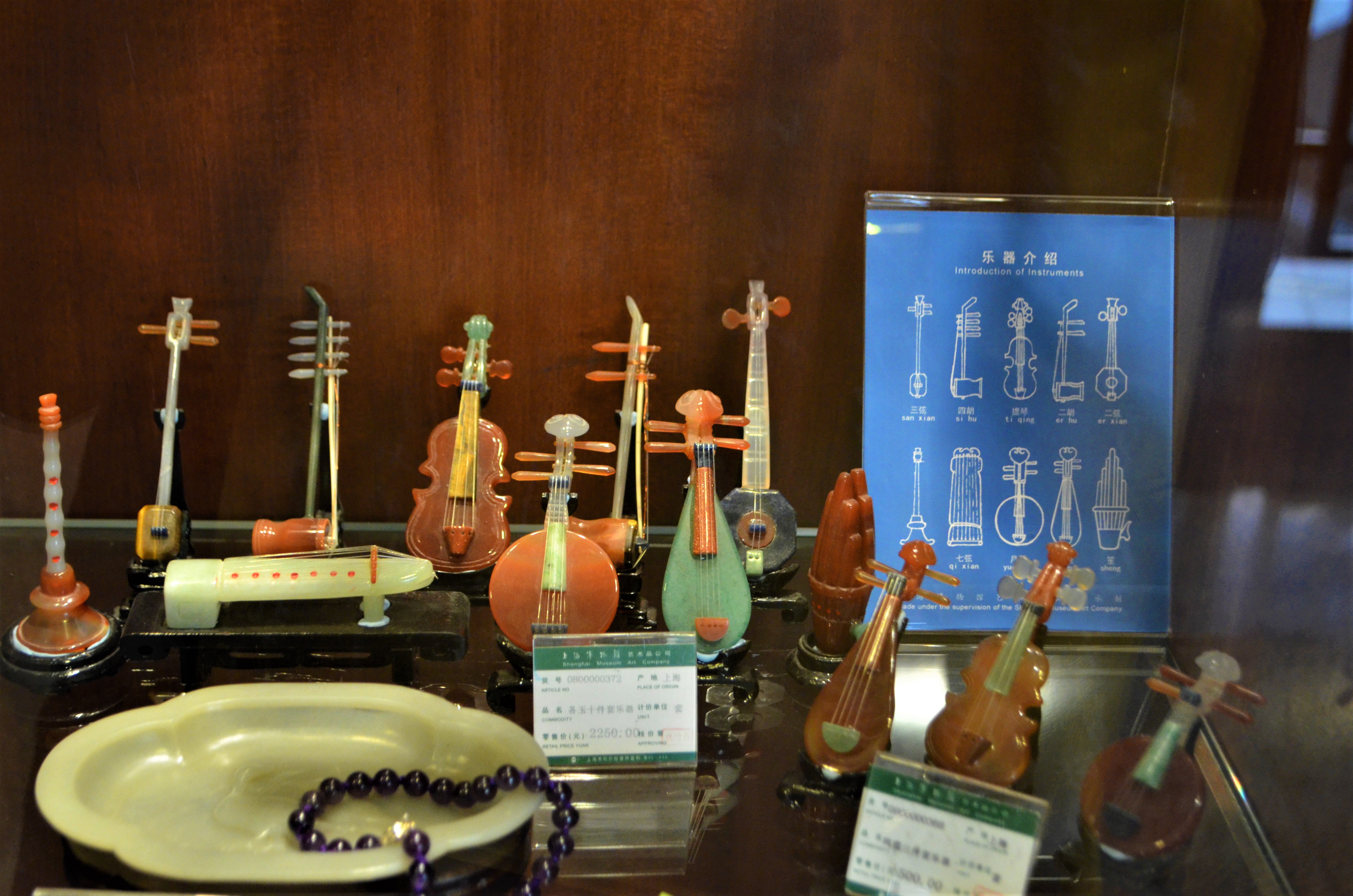

Final Thoughts
Shanghai is exhausting in the best possible way. It dazzles, overwhelms, charms, and challenges. It’s a marathon, not a sprint—so bring your walking shoes and a sense of wonder. You’ll need both.
And a translator app. Trust me, for a city so international, spoken English is surprisingly rare—even among the youth. Unless you’re staying at a five-star hotel, prepare to get creative with hand gestures and Google Translate. And don’t even try with the taxi drivers.
Shanghai was worth every step, every decibel, every moment of awe. And somehow, despite the chaos, I already want to go back.
